For a long time, five-color sticky rice has been known as a culinary specialty, a traditional dish during the holidays of the Muong ethnic group (Tan Phu commune, Tan Son district, Phu Tho province). Five-color sticky rice symbolizes the five elements of yin and yang, the solidarity of the Muong ethnic community in particular and the ethnic communities in general.
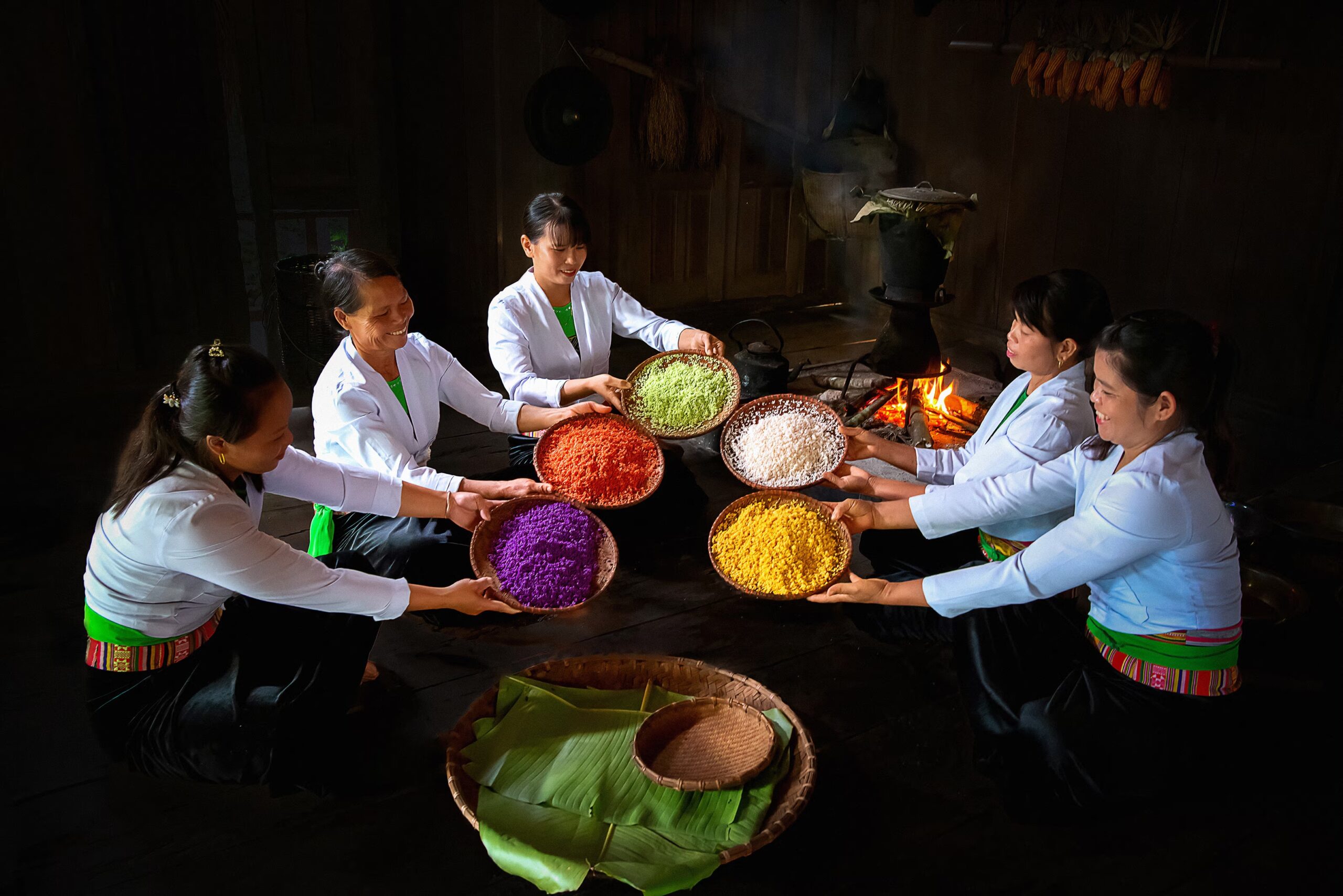 Author Nguyen Thi Thuy Hang with the photo series "Five-color sticky rice" will help you experience more clearly the meticulous process of making five-color sticky rice from choosing sticky rice to cooking leaves, pounding leaves, and roots to get colored water to mix into the sticky rice. Steaming and cooking sticky rice must be of the right standard to have a pot of sticky rice with rich colors, and the colors do not mix together. Cooked sticky rice requires the skill of the person who scoops, scrapes, and mixes the layers of colored sticky rice together to have a beautiful five-color sticky rice dish with a delicious flavor typical of the mountains and forests. The photo series was submitted by the author to the Photo and Video Contest Happy Vietnam - Happy Vietnam, organized by the Ministry of Information and Communications.
Author Nguyen Thi Thuy Hang with the photo series "Five-color sticky rice" will help you experience more clearly the meticulous process of making five-color sticky rice from choosing sticky rice to cooking leaves, pounding leaves, and roots to get colored water to mix into the sticky rice. Steaming and cooking sticky rice must be of the right standard to have a pot of sticky rice with rich colors, and the colors do not mix together. Cooked sticky rice requires the skill of the person who scoops, scrapes, and mixes the layers of colored sticky rice together to have a beautiful five-color sticky rice dish with a delicious flavor typical of the mountains and forests. The photo series was submitted by the author to the Photo and Video Contest Happy Vietnam - Happy Vietnam, organized by the Ministry of Information and Communications. 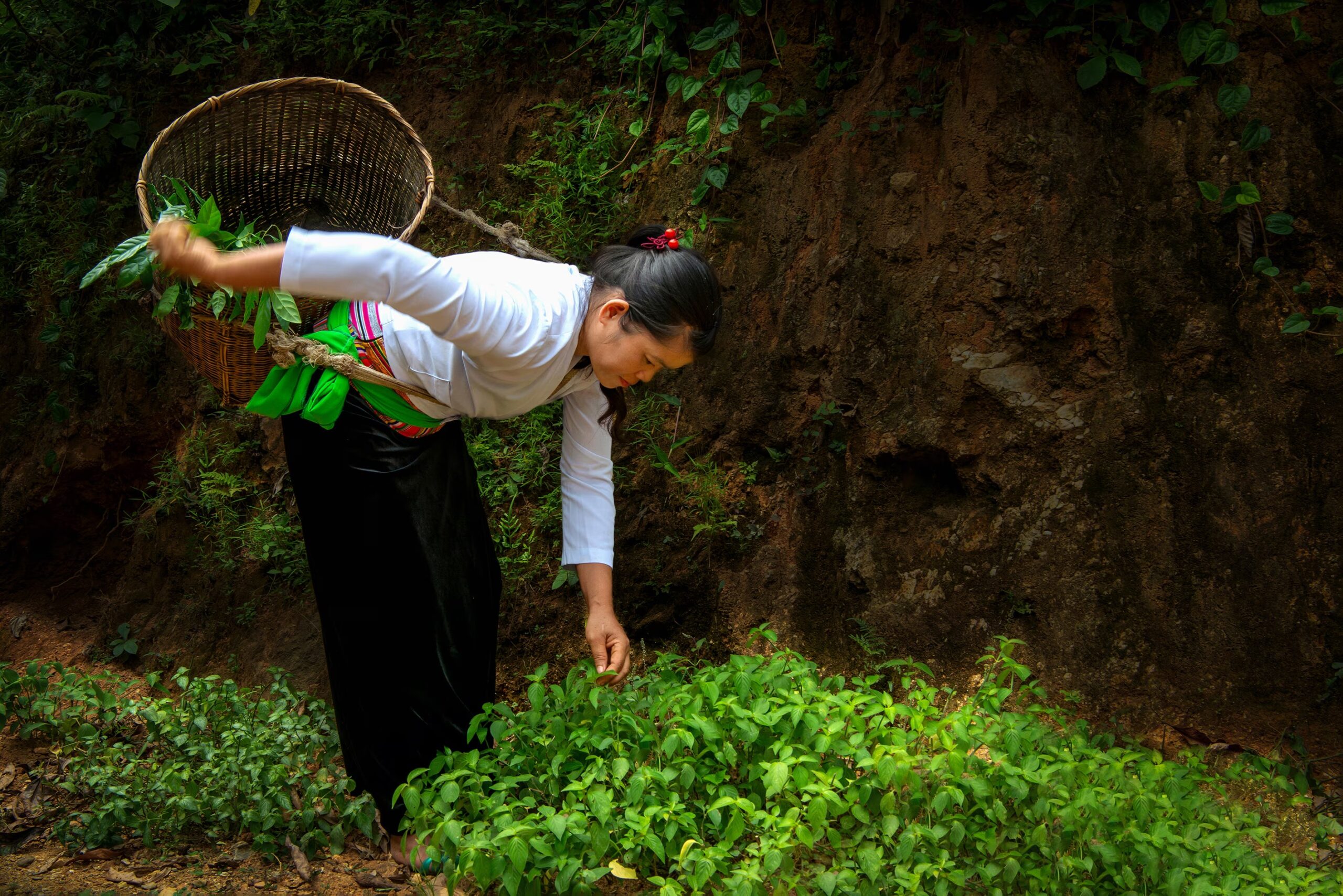 The ingredients to make purple, blue, and red sticky rice are from 3 types of leaves of the rice plant soaked in rice; the yellow color is from the dried flowers of a type of tree in the forest, and the white color is from leaving the rice intact, so you get 5 very beautiful colors.
The ingredients to make purple, blue, and red sticky rice are from 3 types of leaves of the rice plant soaked in rice; the yellow color is from the dried flowers of a type of tree in the forest, and the white color is from leaving the rice intact, so you get 5 very beautiful colors. 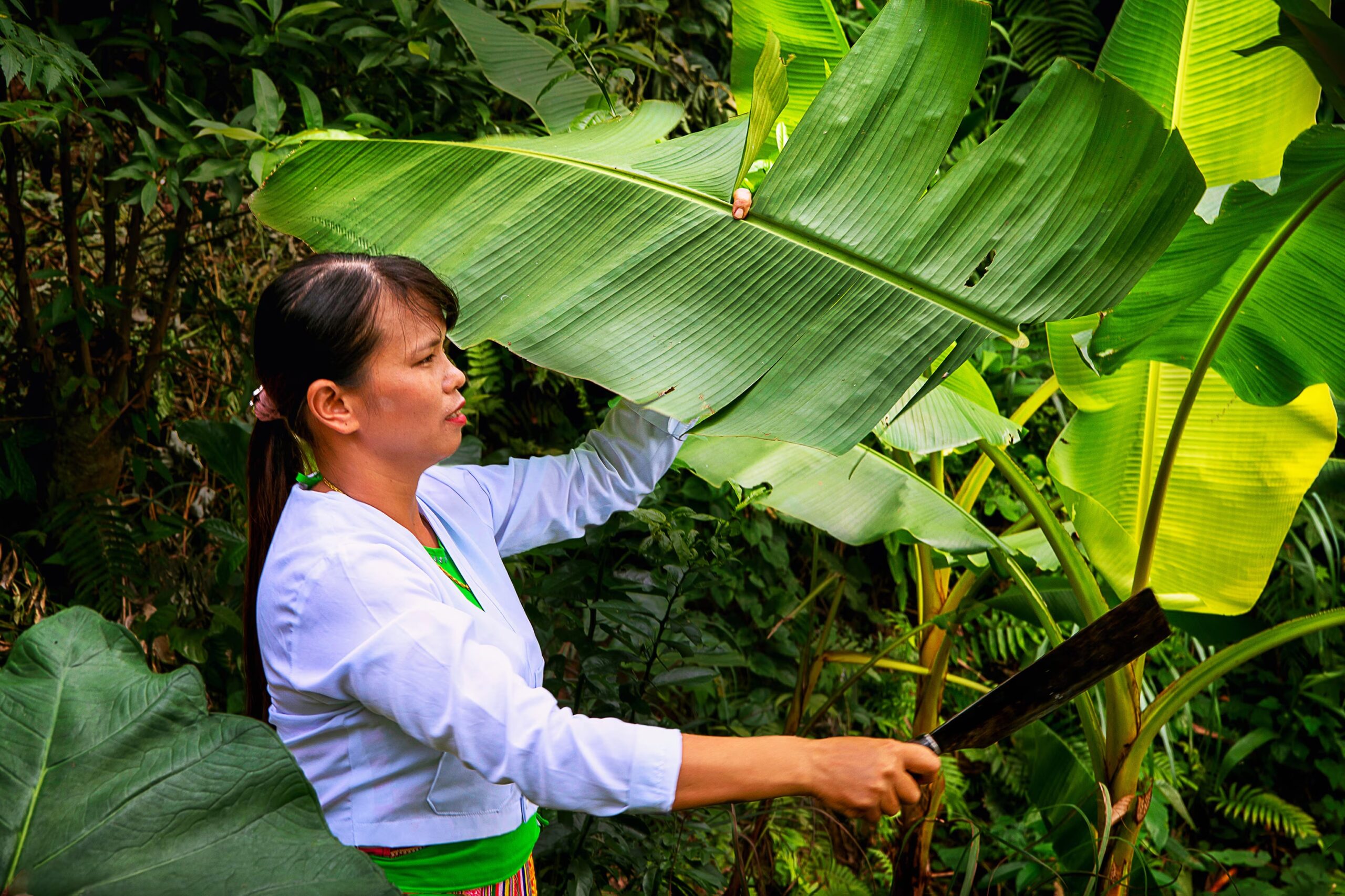
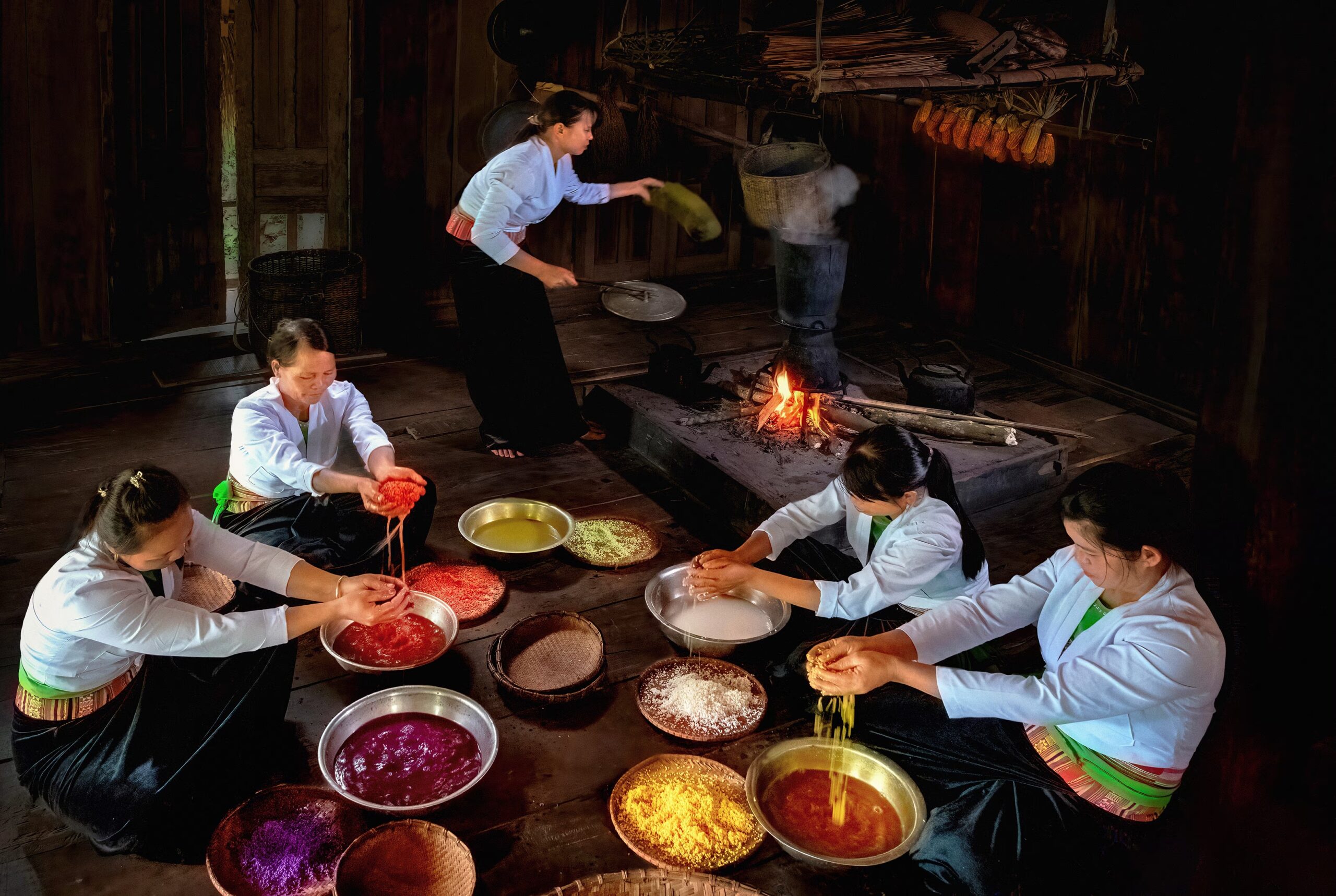 To ensure beautiful colors, leaf pickers must avoid mixing different types of colored plants together. Next is the meticulousness in the process of cooking the leaves, pounding the leaves and roots to get the colored water to mix with the sticky rice to create color. After being soaked in water, the sticky rice will be mixed with different colors, soaked overnight so that the color penetrates each grain of sticky rice. The meticulousness of the five-color sticky rice dish also lies in the fact that the colored plants and leaves must also be cooked in different pots to avoid color mixing.
To ensure beautiful colors, leaf pickers must avoid mixing different types of colored plants together. Next is the meticulousness in the process of cooking the leaves, pounding the leaves and roots to get the colored water to mix with the sticky rice to create color. After being soaked in water, the sticky rice will be mixed with different colors, soaked overnight so that the color penetrates each grain of sticky rice. The meticulousness of the five-color sticky rice dish also lies in the fact that the colored plants and leaves must also be cooked in different pots to avoid color mixing. 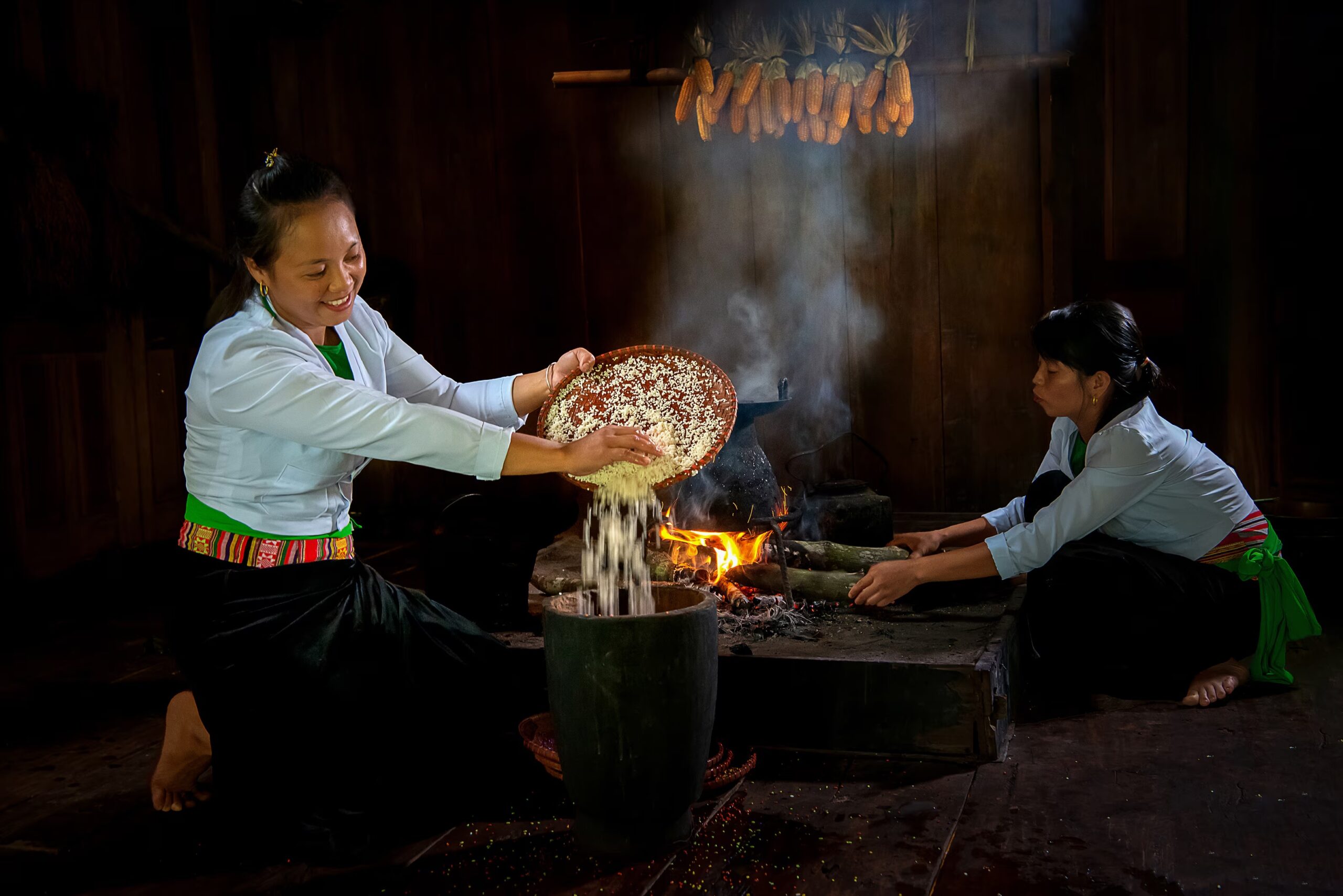 The process of cooking five-color sticky rice also requires a good sense of the cook to be able to cook a pot of sticky rice for the right amount of time, just right, and with the right color.
The process of cooking five-color sticky rice also requires a good sense of the cook to be able to cook a pot of sticky rice for the right amount of time, just right, and with the right color. 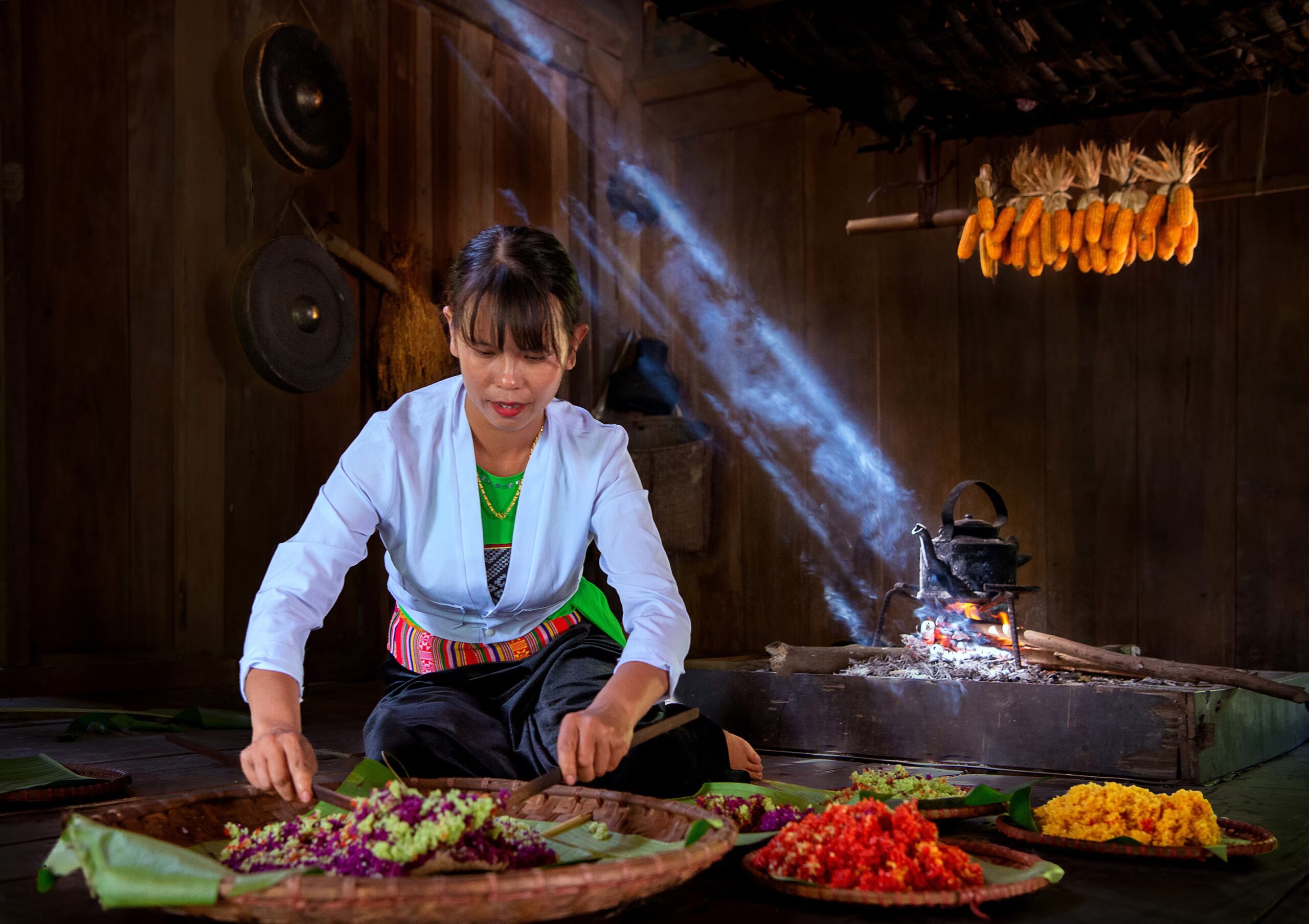 The sticky rice steaming process also requires no less meticulousness when the steamer also has to put each layer of colored rice into the steamer. Rice dyed with strong colors that can easily be stained by other colors such as yellow, red, purple is usually spread at the bottom of the steamer, separated by banana leaves and on top must be a layer of original, white sticky rice. Only white rice is placed on top to avoid being dyed by other colors.
The sticky rice steaming process also requires no less meticulousness when the steamer also has to put each layer of colored rice into the steamer. Rice dyed with strong colors that can easily be stained by other colors such as yellow, red, purple is usually spread at the bottom of the steamer, separated by banana leaves and on top must be a layer of original, white sticky rice. Only white rice is placed on top to avoid being dyed by other colors. 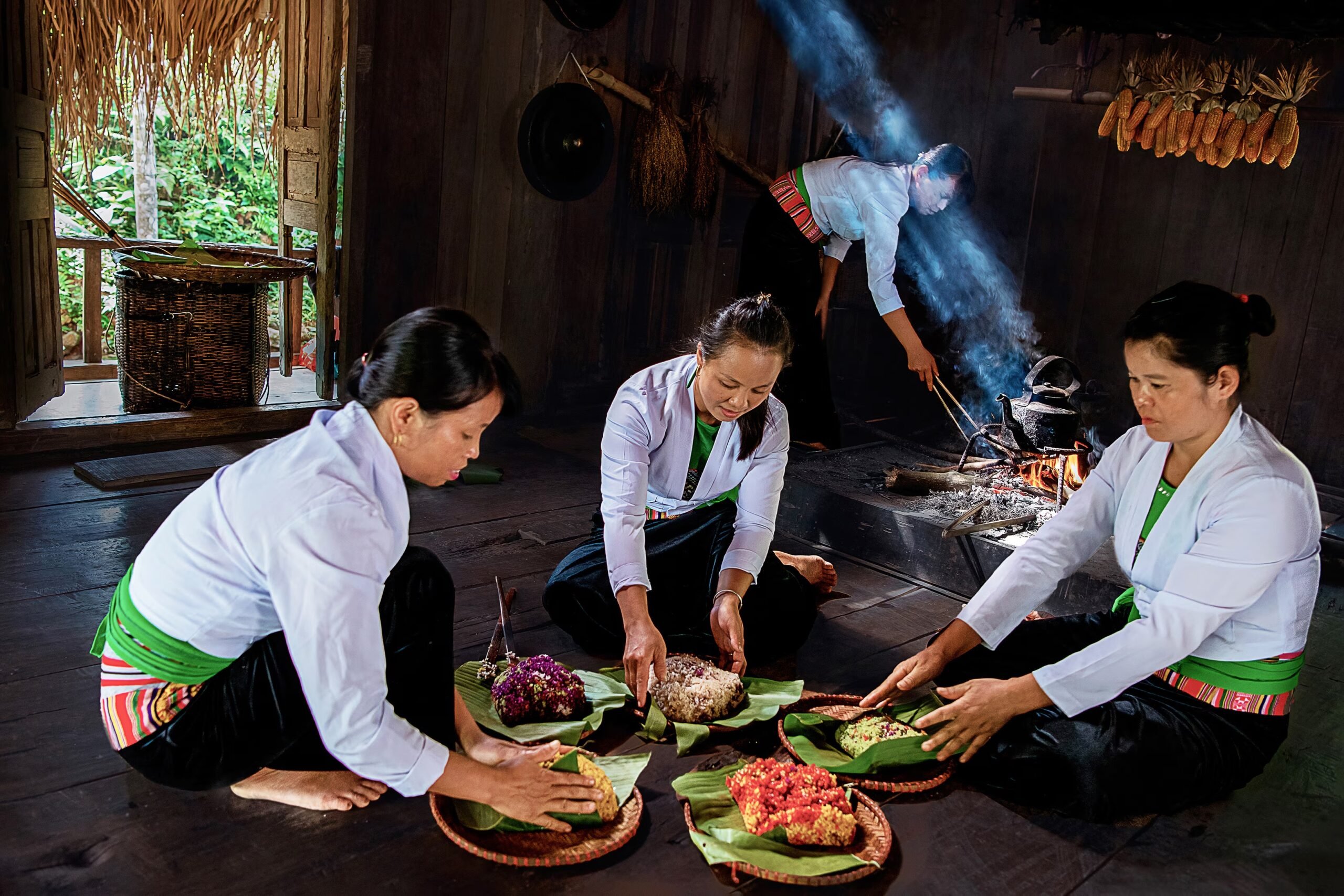
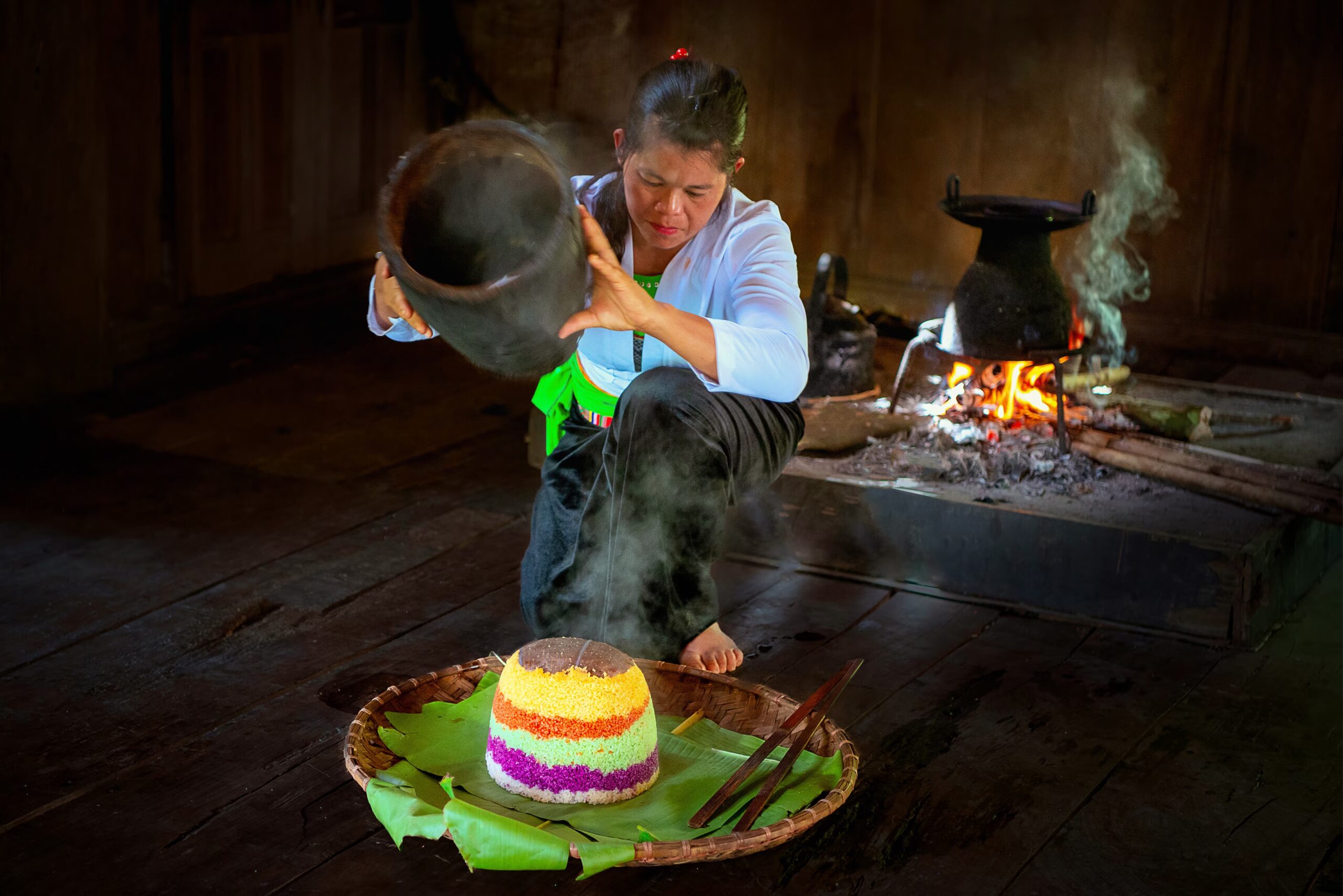 The Muong people believe that the five colors of sticky rice symbolize the philosophy of the five elements of yin and yang and the harmony of people. Red symbolizes Fire, white symbolizes Metal, blue symbolizes Water, yellow symbolizes Earth and purple symbolizes Wood. At the same time, it also represents the solidarity of the Muong people in particular and the ethnic groups in the Northwest in general. The colors of sticky rice also represent the aspirations of the Muong people for a life in harmony with heaven and earth, family reunion, community cohesion and luck in life. Perhaps that is why five-color sticky rice is a dish often served during holidays, New Year, and parties to welcome distinguished guests. Five-color sticky rice is often present on the altar during the Lunar New Year or on the full moon days of the first month, May, and August to worship ancestors and grandparents as an affirmation of the filial piety of descendants remembering their ancestors.
The Muong people believe that the five colors of sticky rice symbolize the philosophy of the five elements of yin and yang and the harmony of people. Red symbolizes Fire, white symbolizes Metal, blue symbolizes Water, yellow symbolizes Earth and purple symbolizes Wood. At the same time, it also represents the solidarity of the Muong people in particular and the ethnic groups in the Northwest in general. The colors of sticky rice also represent the aspirations of the Muong people for a life in harmony with heaven and earth, family reunion, community cohesion and luck in life. Perhaps that is why five-color sticky rice is a dish often served during holidays, New Year, and parties to welcome distinguished guests. Five-color sticky rice is often present on the altar during the Lunar New Year or on the full moon days of the first month, May, and August to worship ancestors and grandparents as an affirmation of the filial piety of descendants remembering their ancestors.Vietnam.vn


![[Photo] Prime Minister Pham Minh Chinh inspects the progress of the Can Tho-Ca Mau expressway](https://vstatic.vietnam.vn/vietnam/resource/IMAGE/2025/4/20/72cd21f2bb664ce2aacbbf1f1660c2cf)
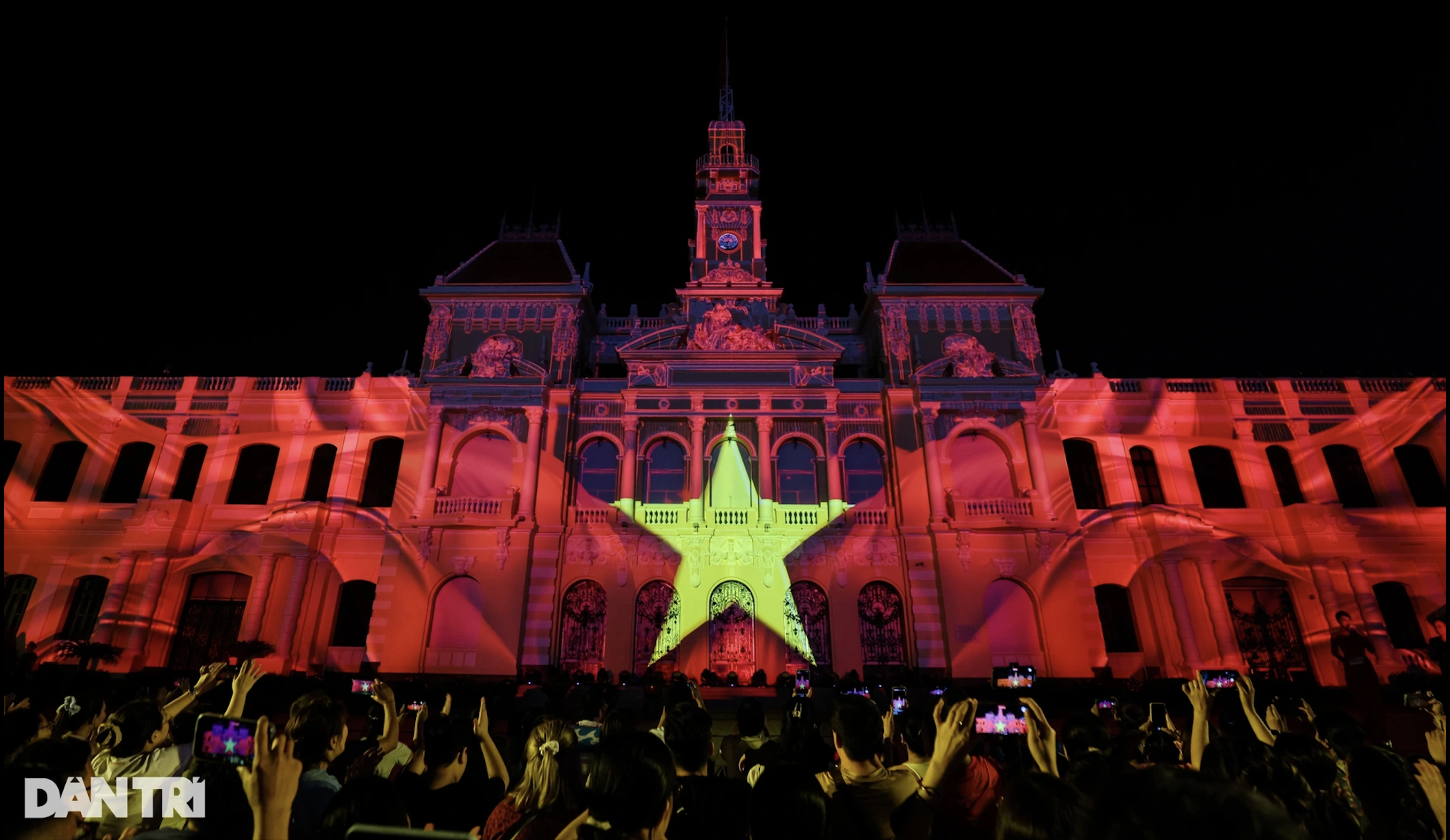
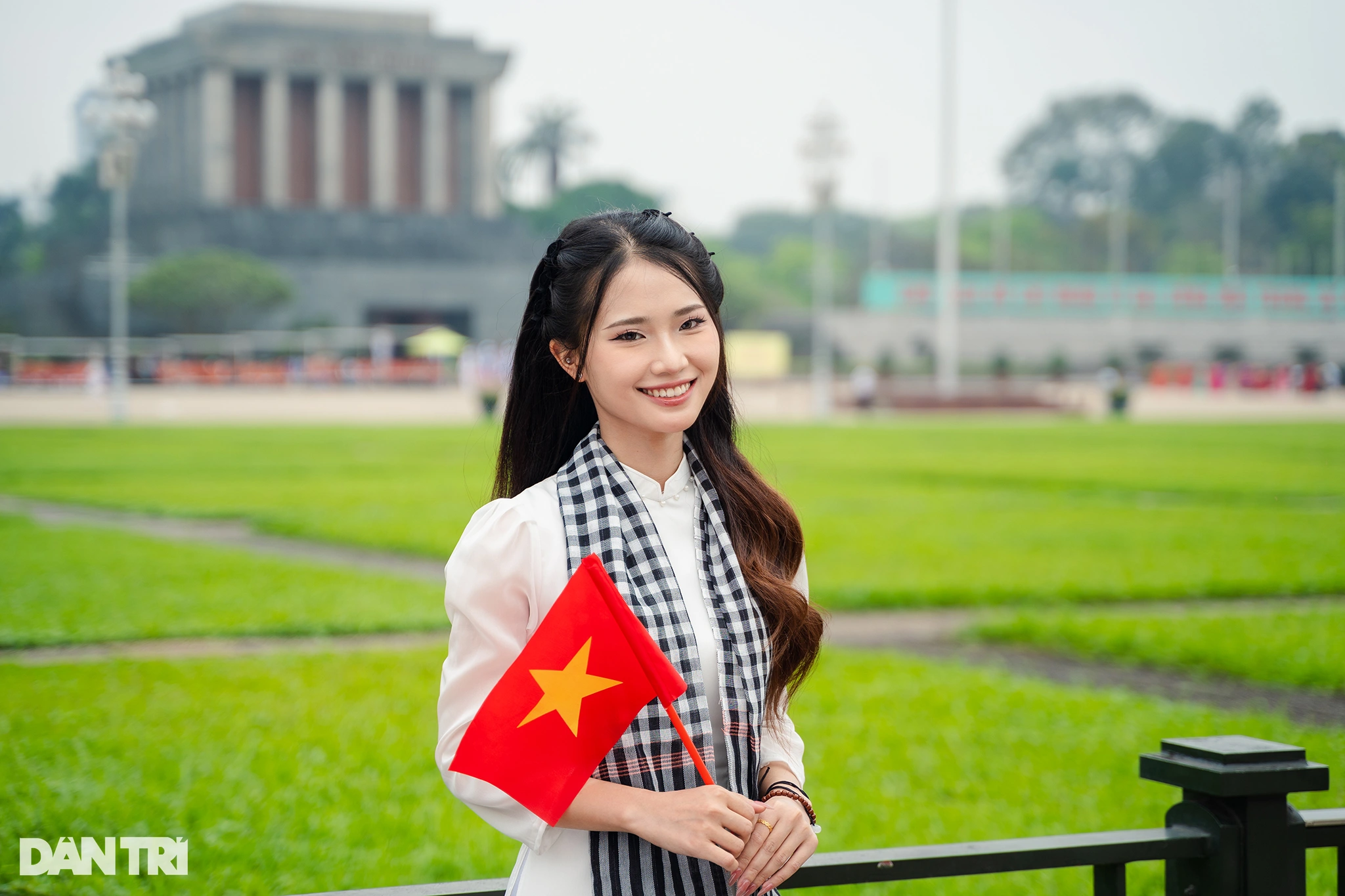
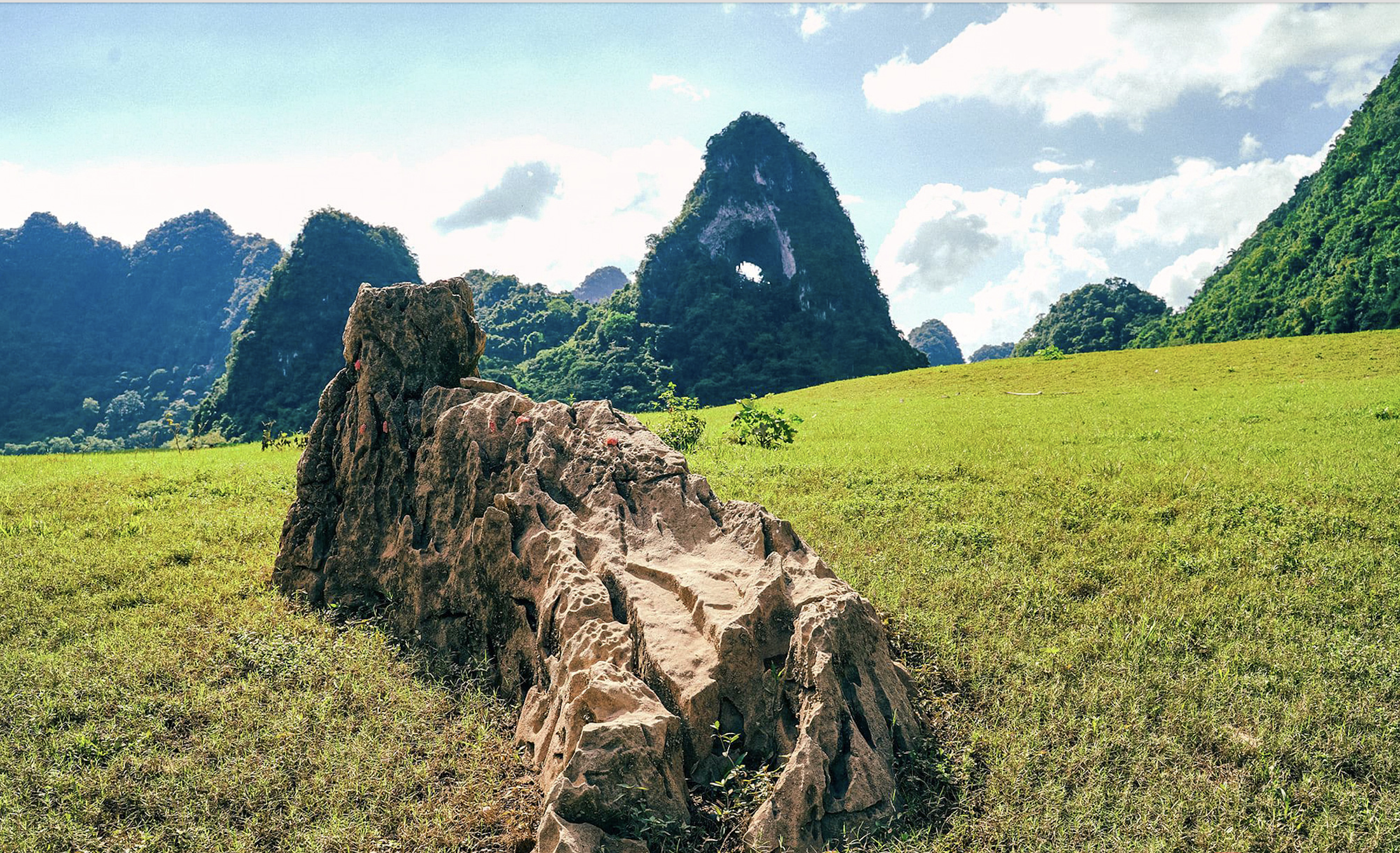
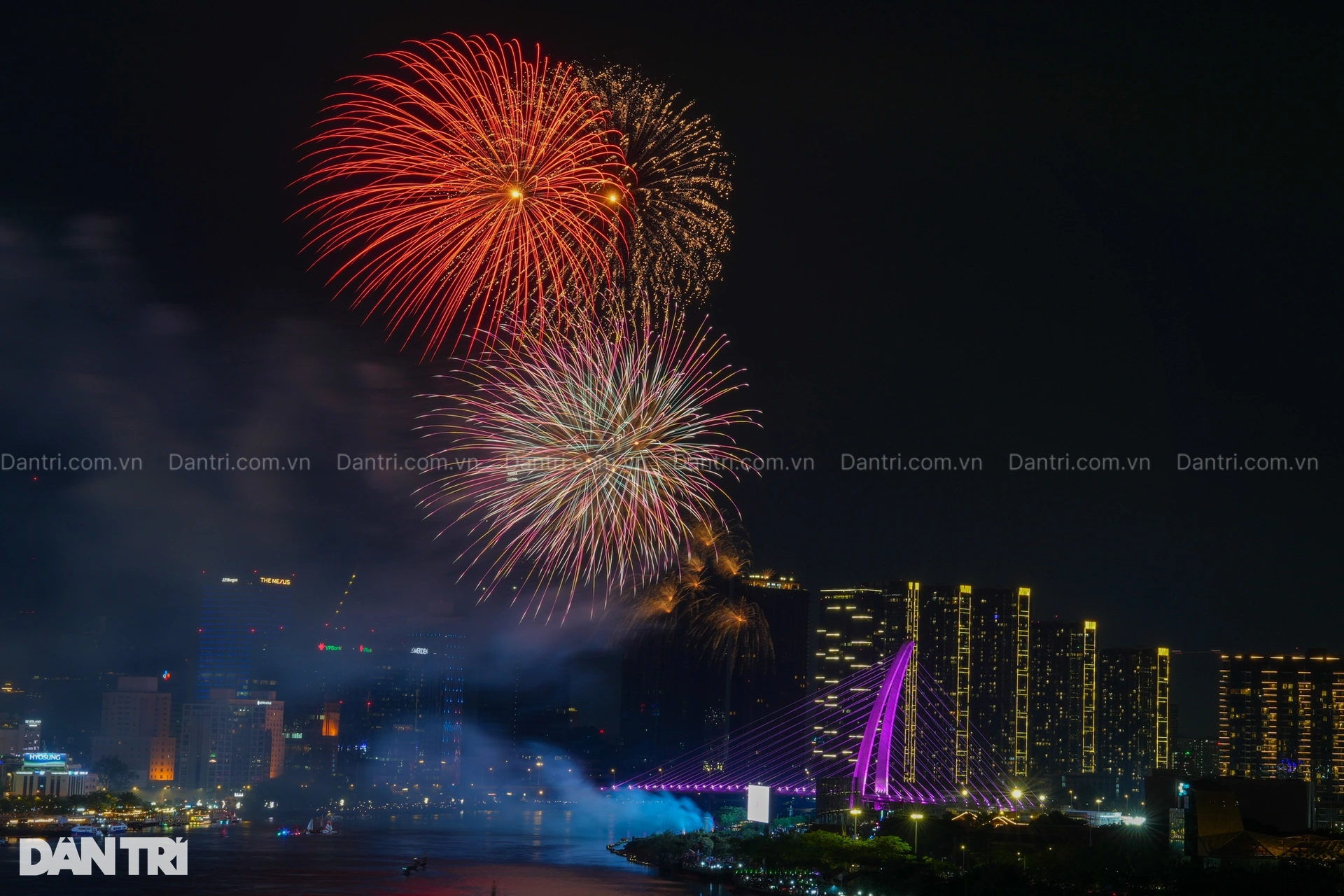

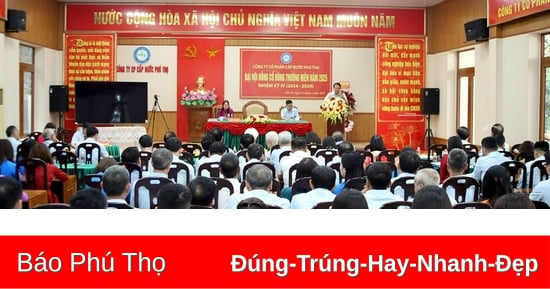

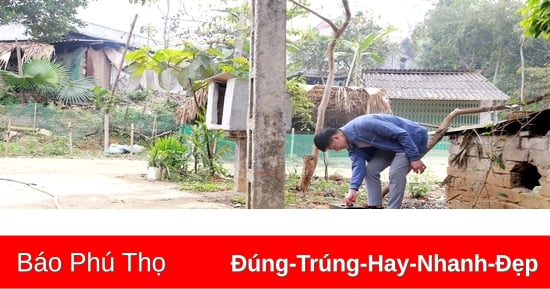

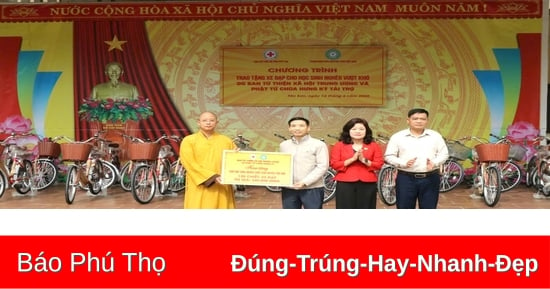
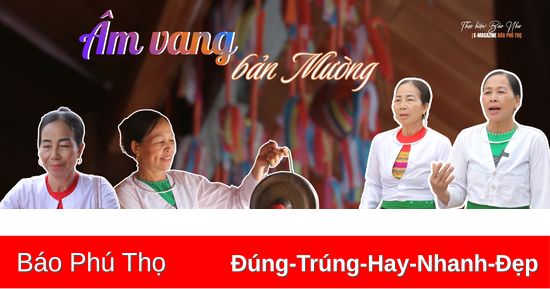
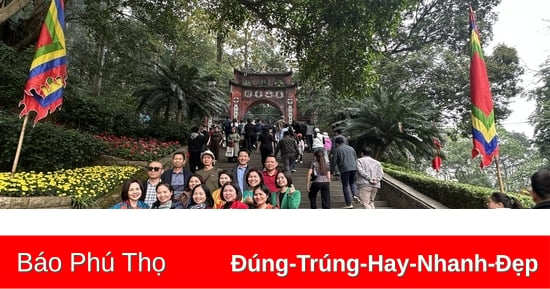
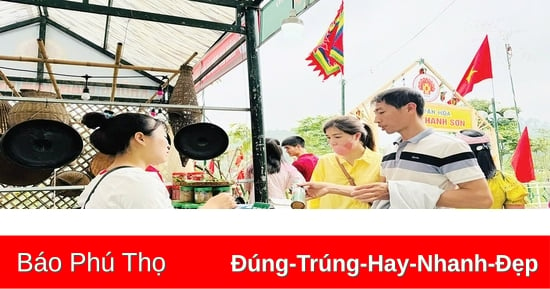
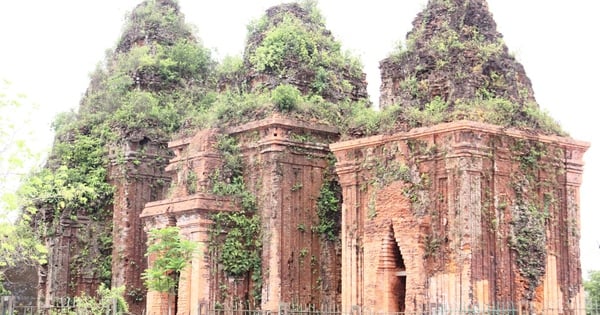

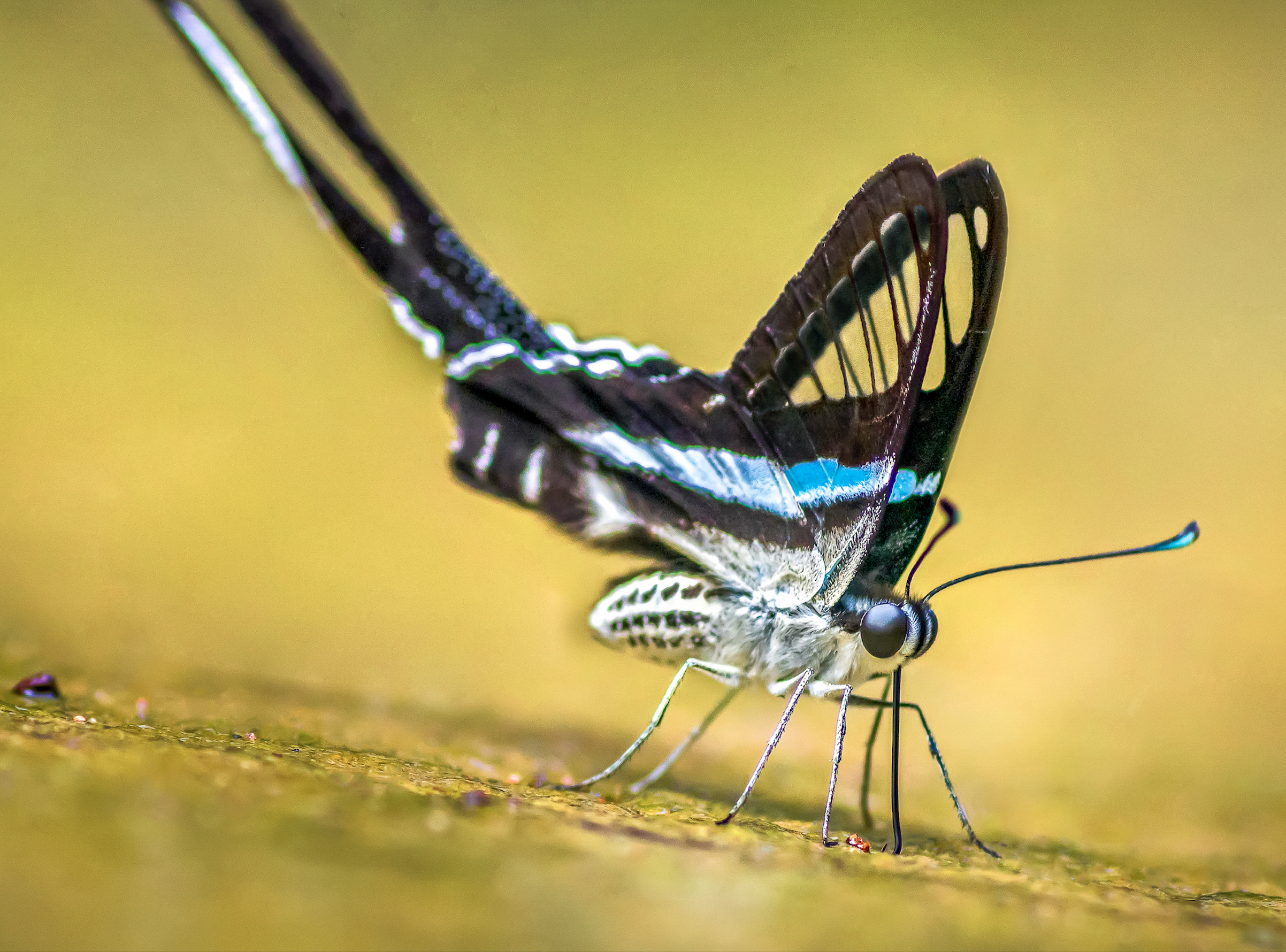
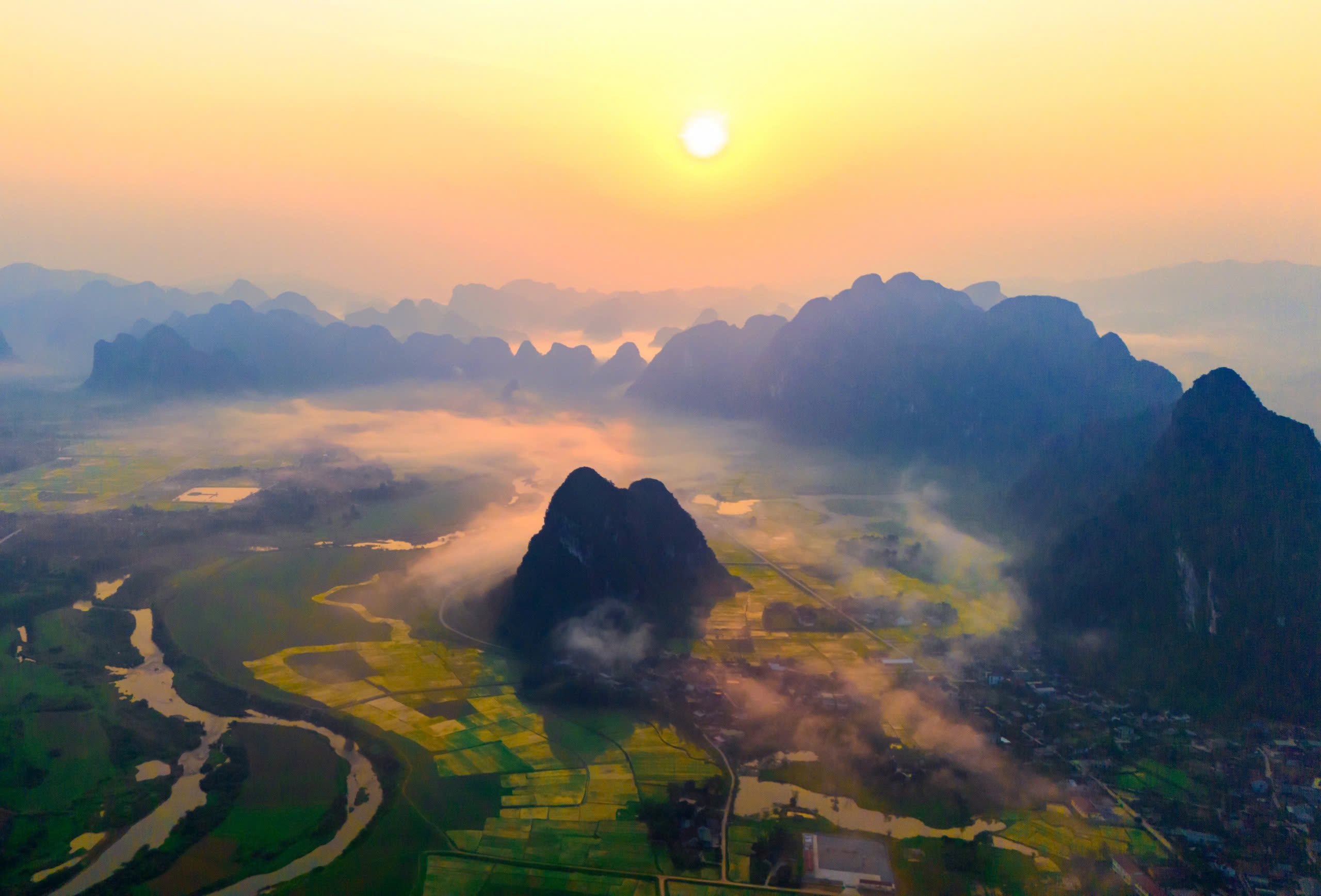
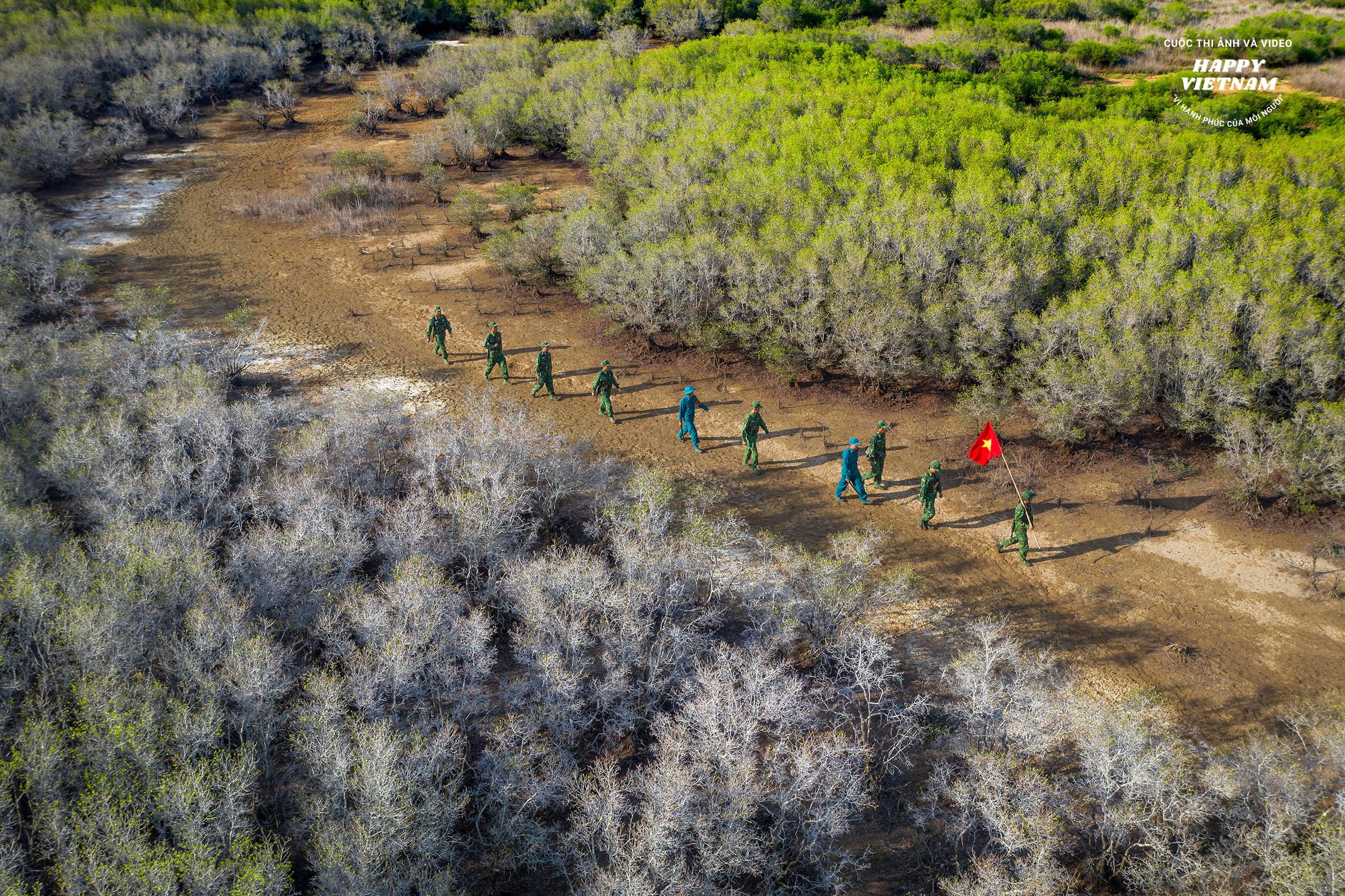
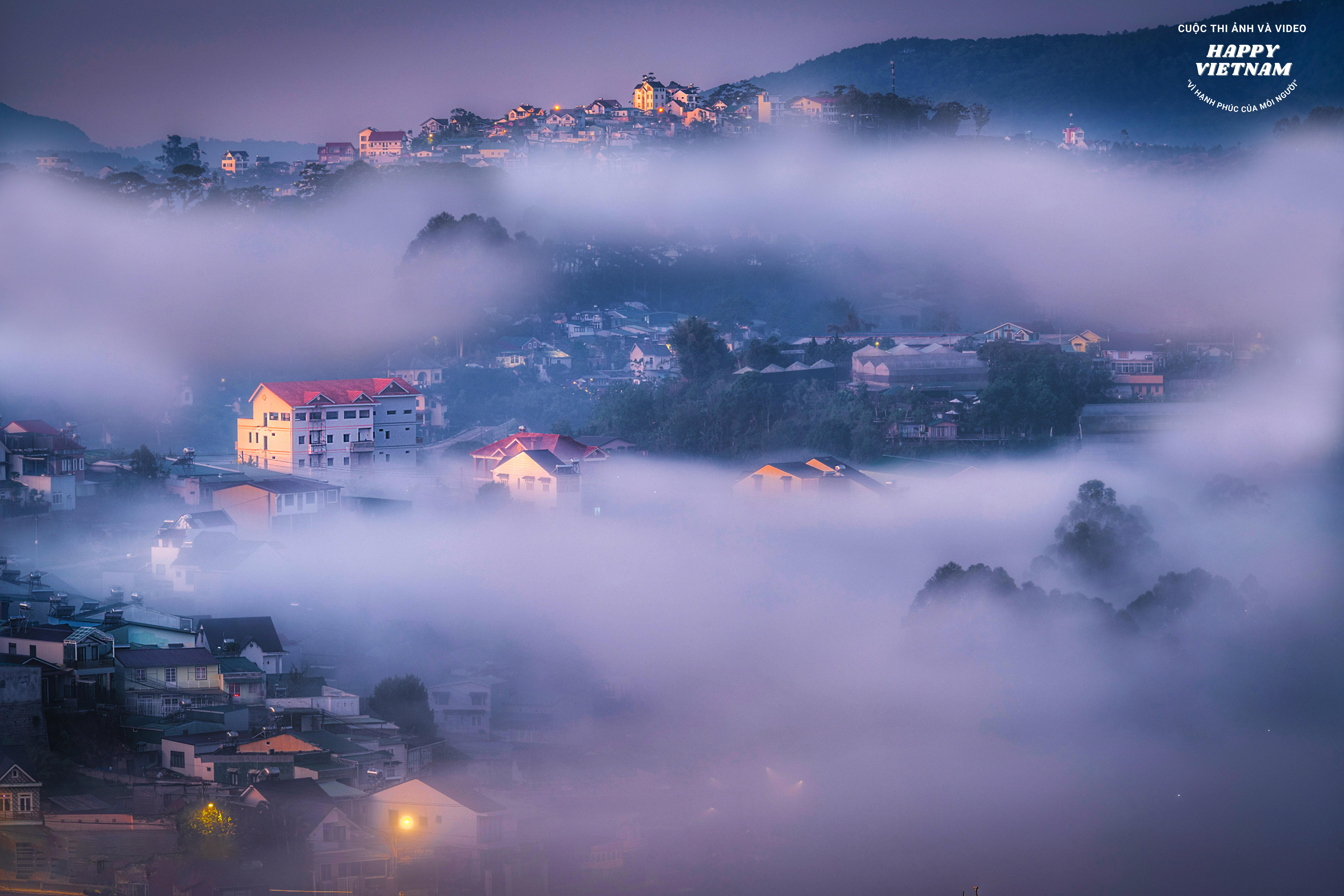
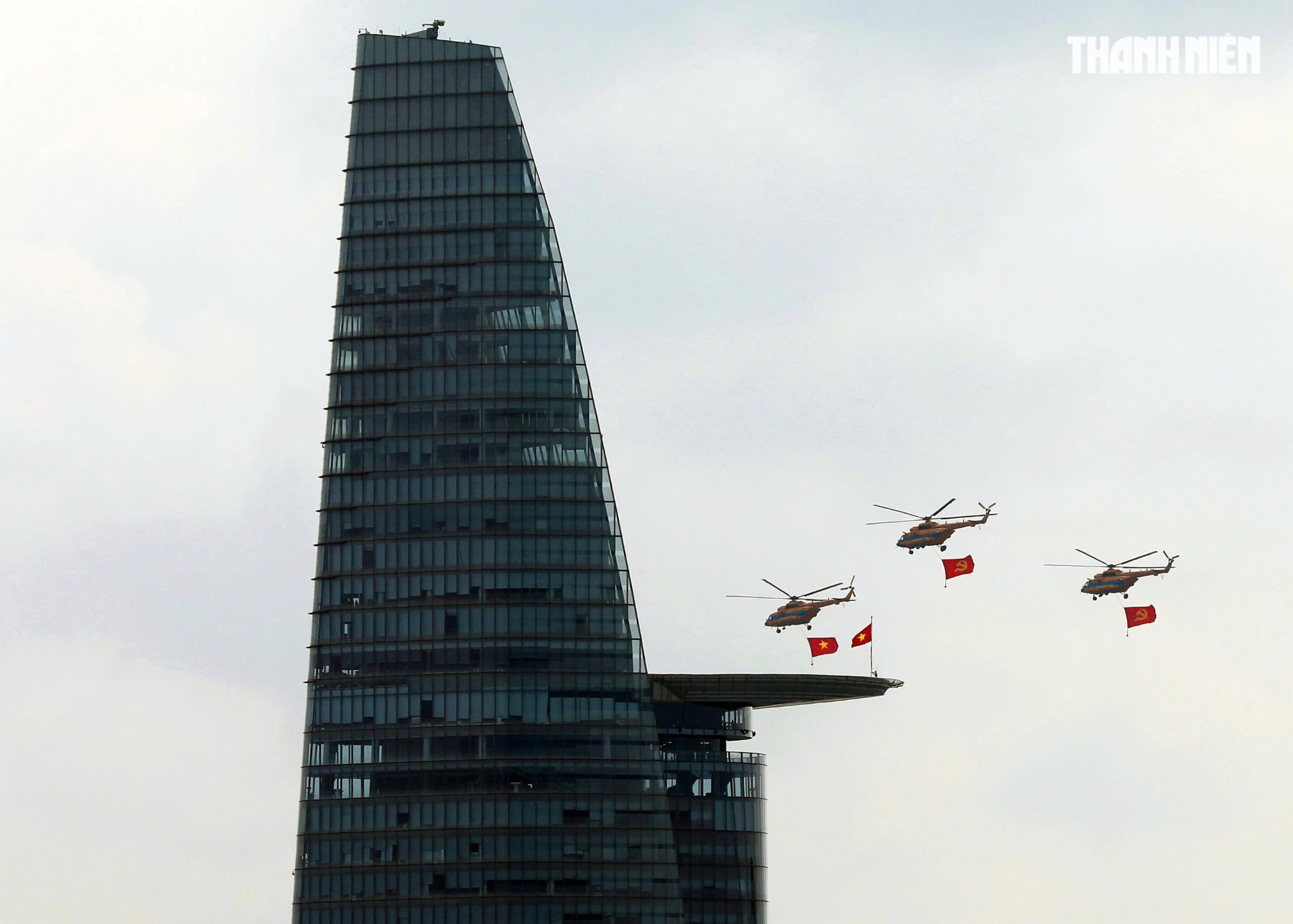

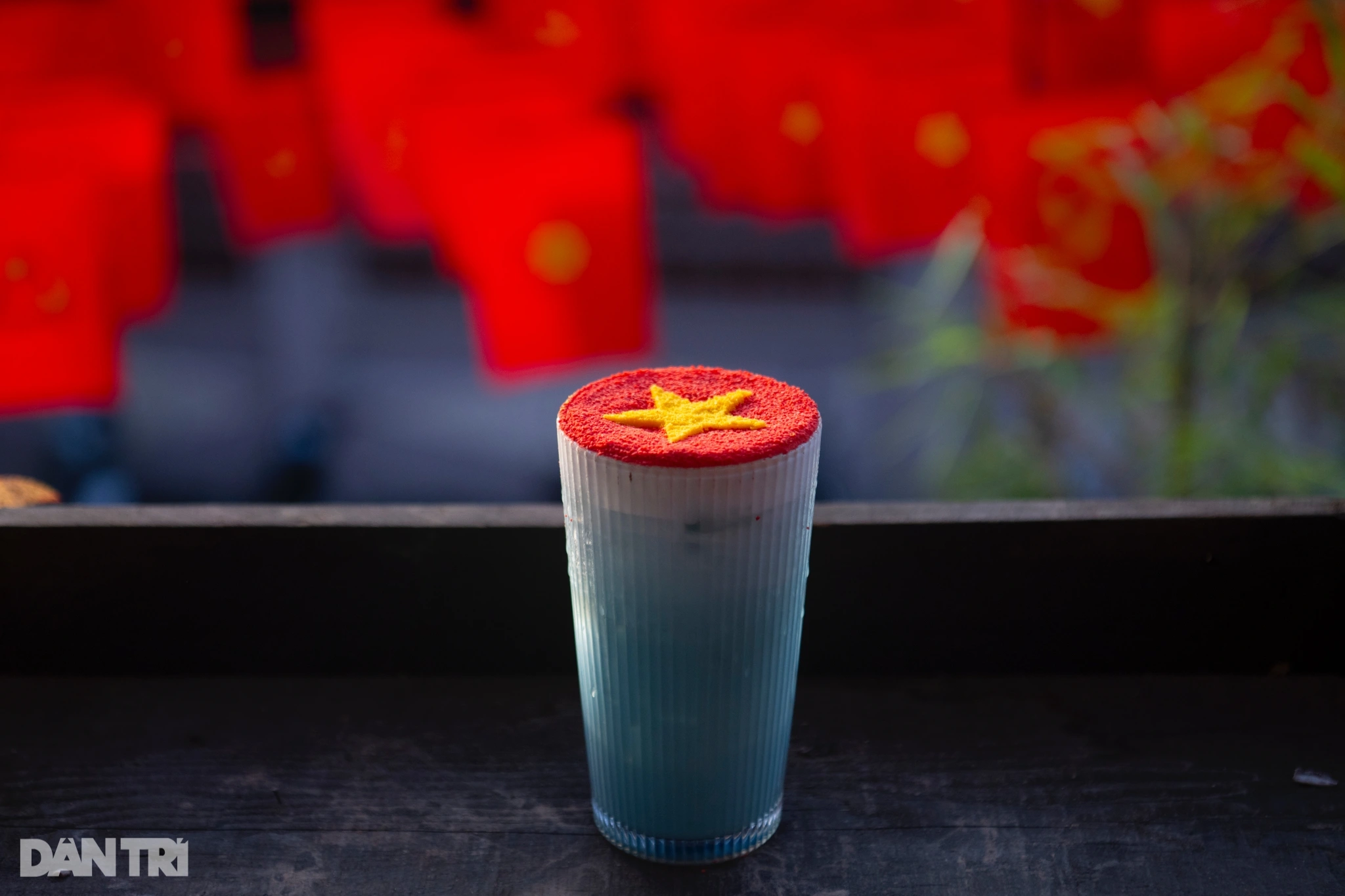
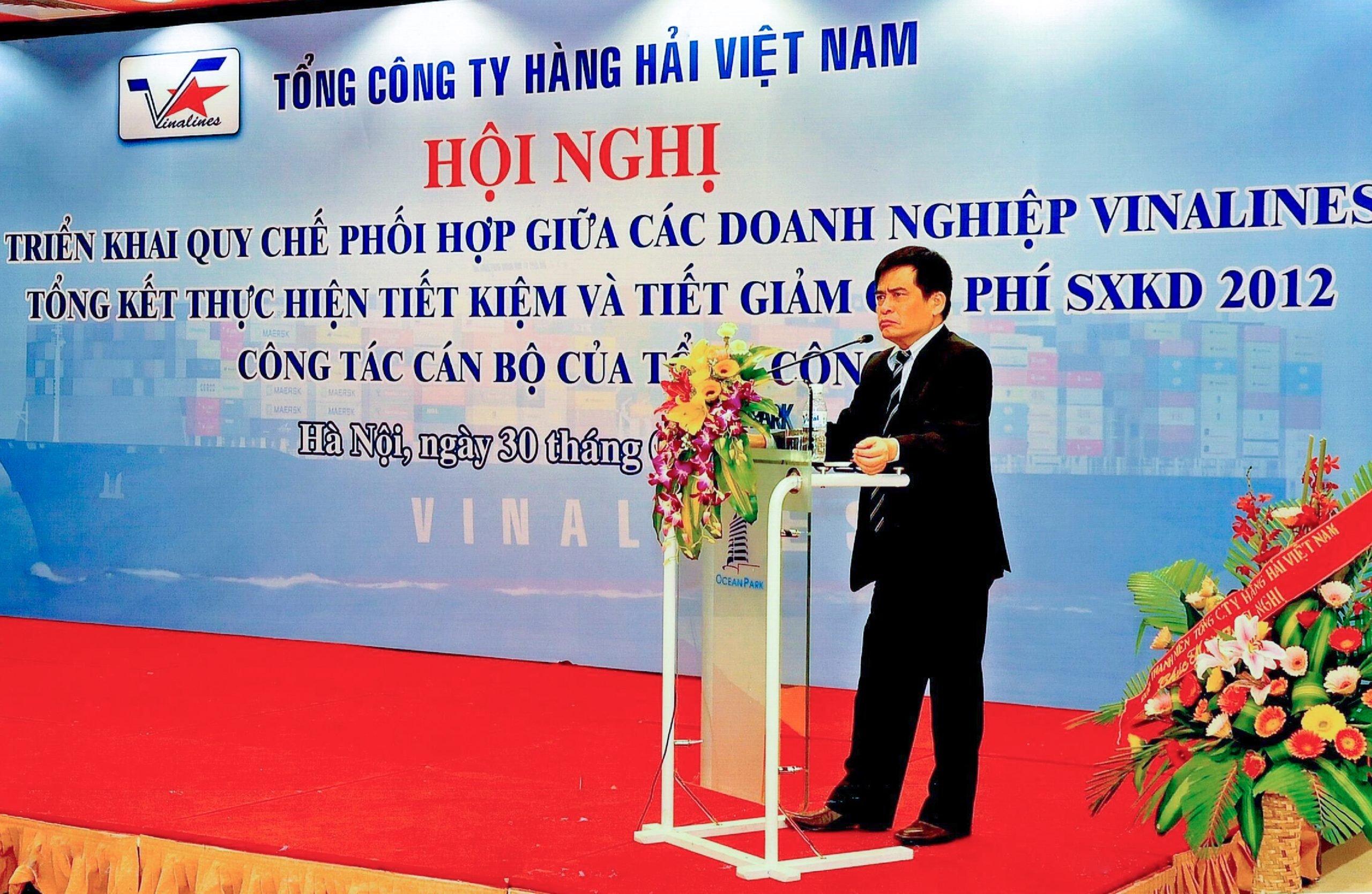
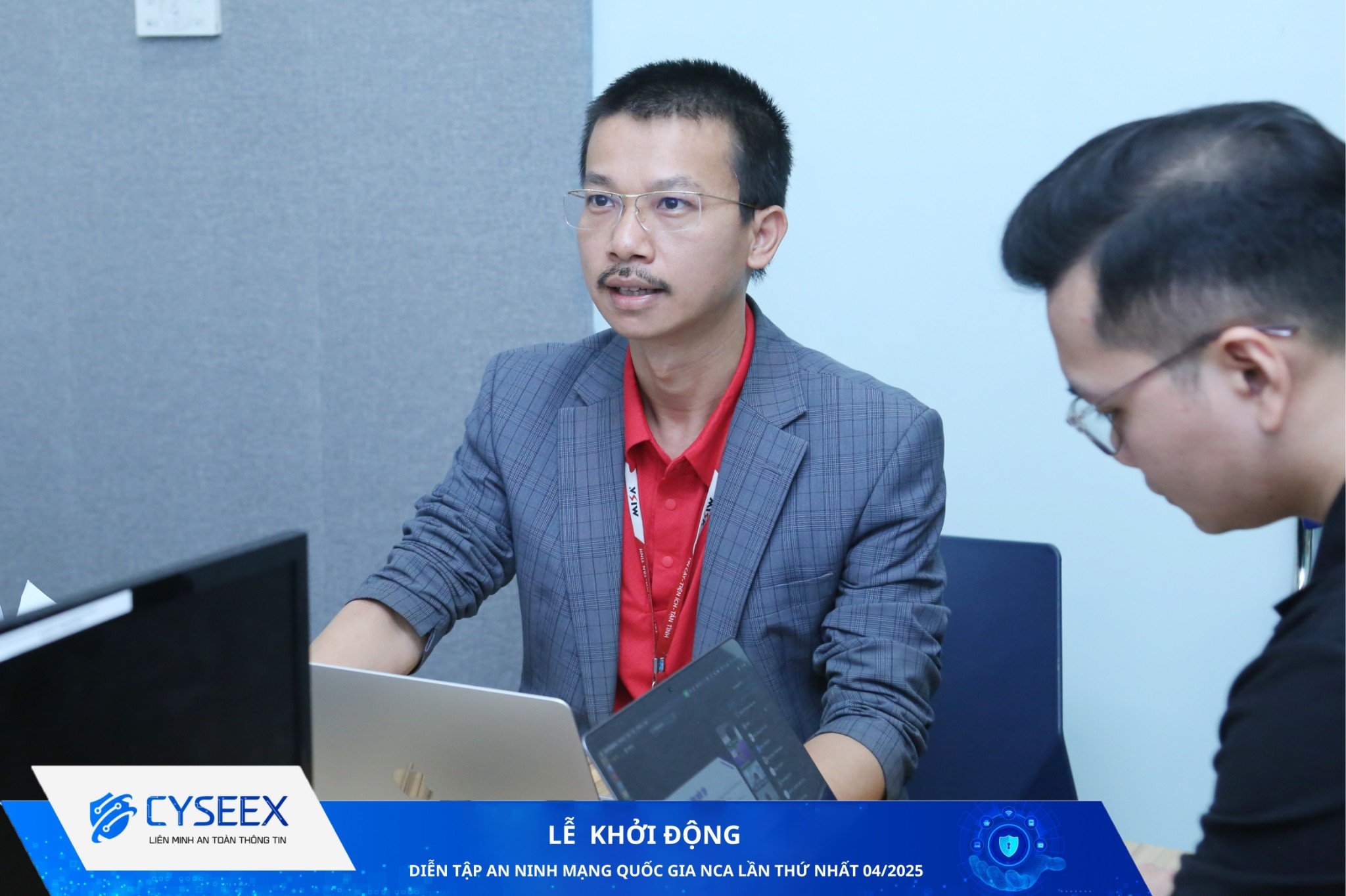
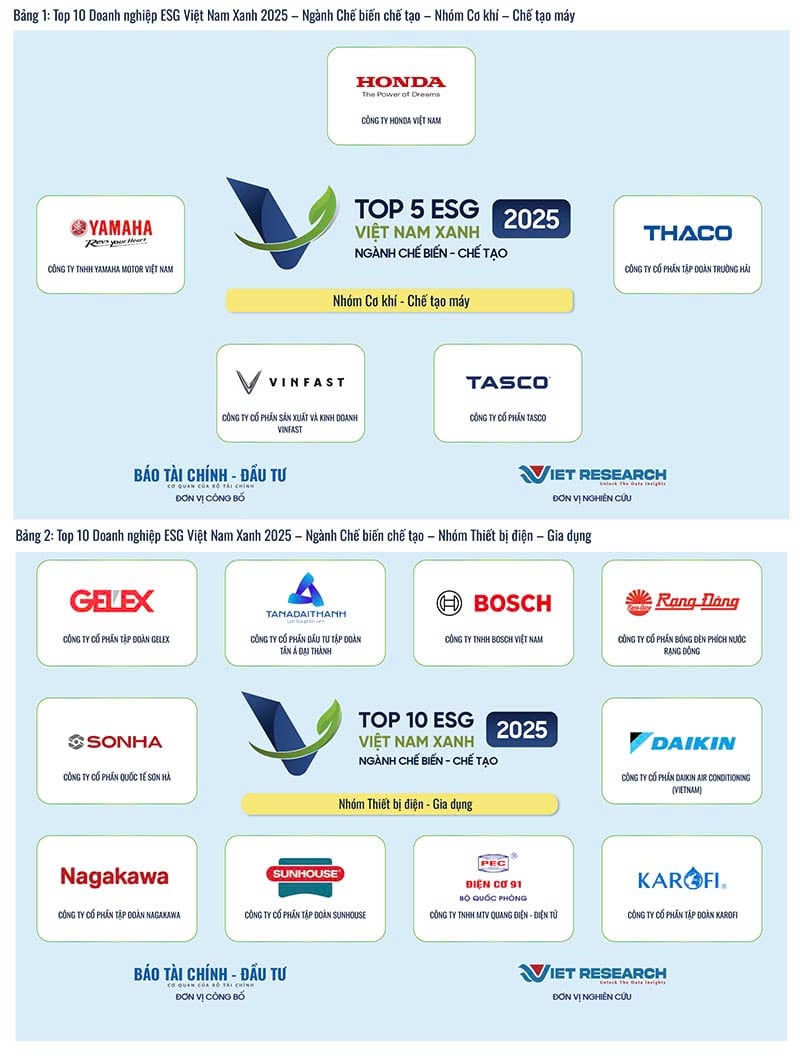



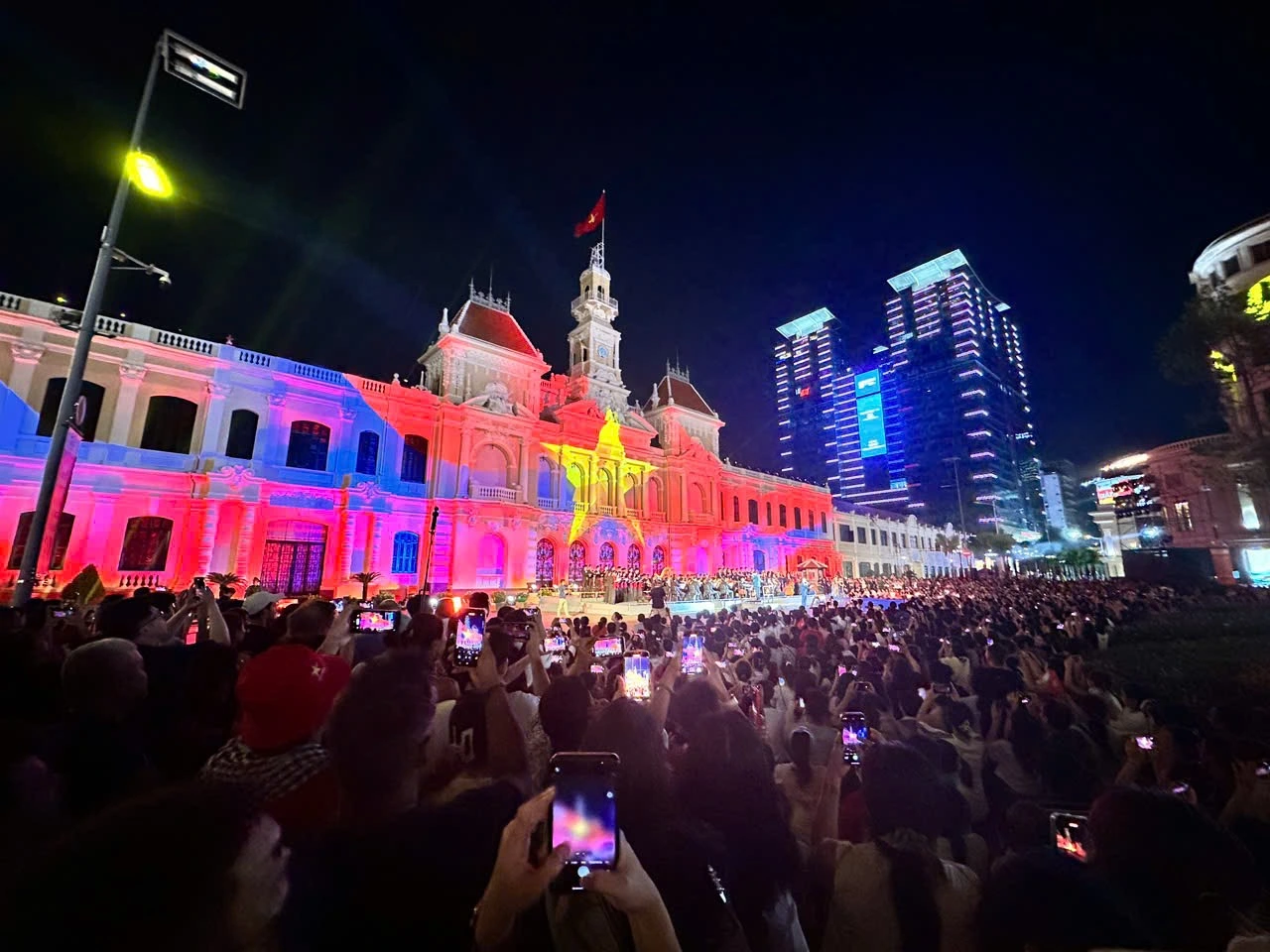
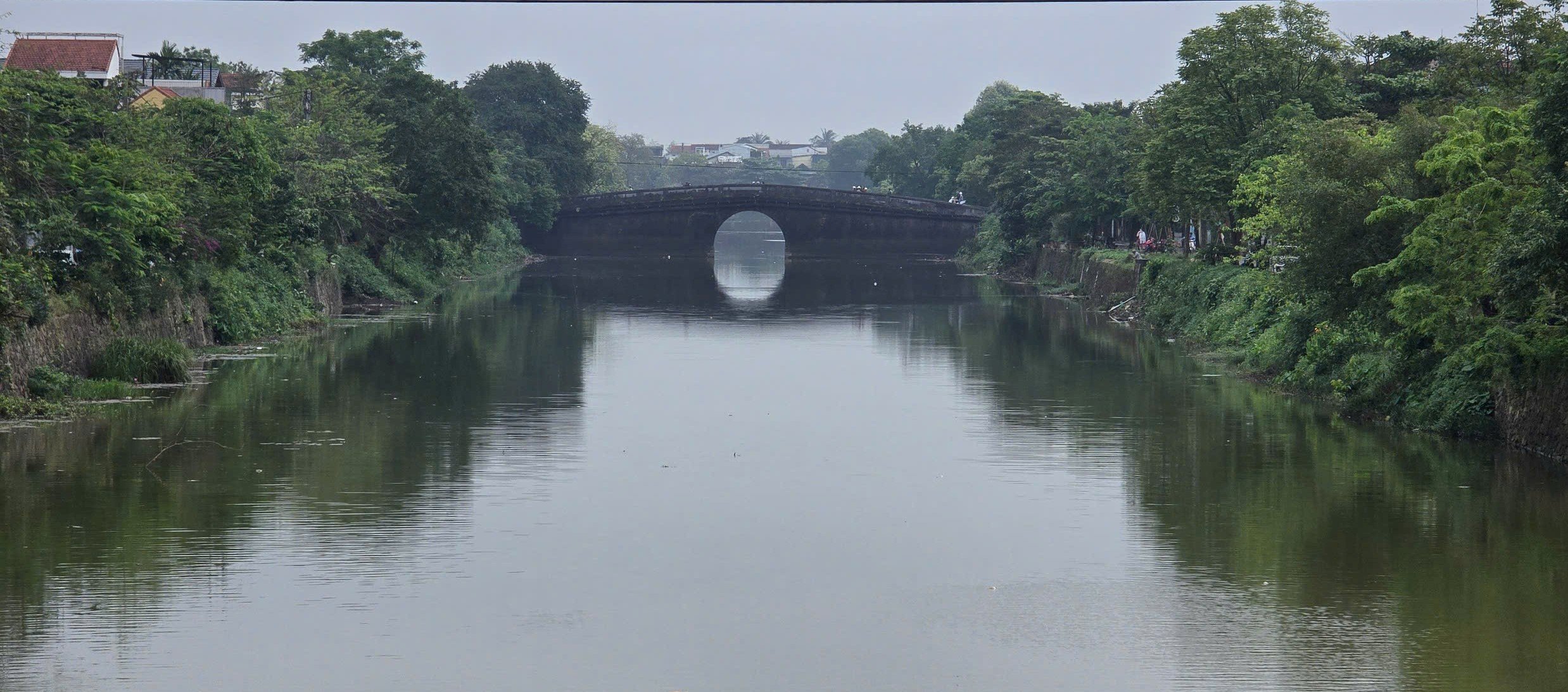

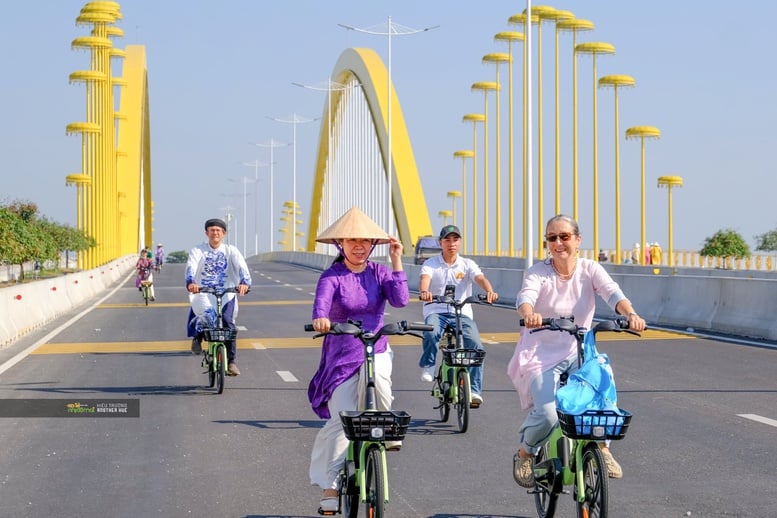

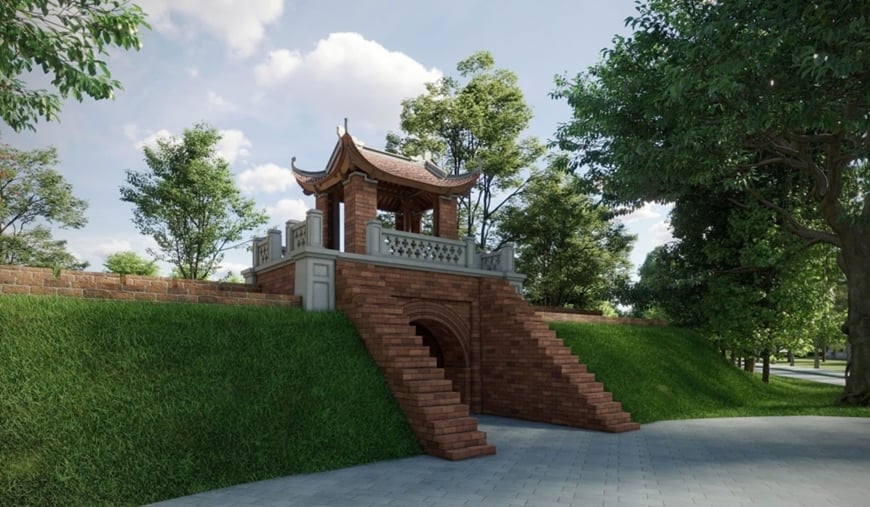

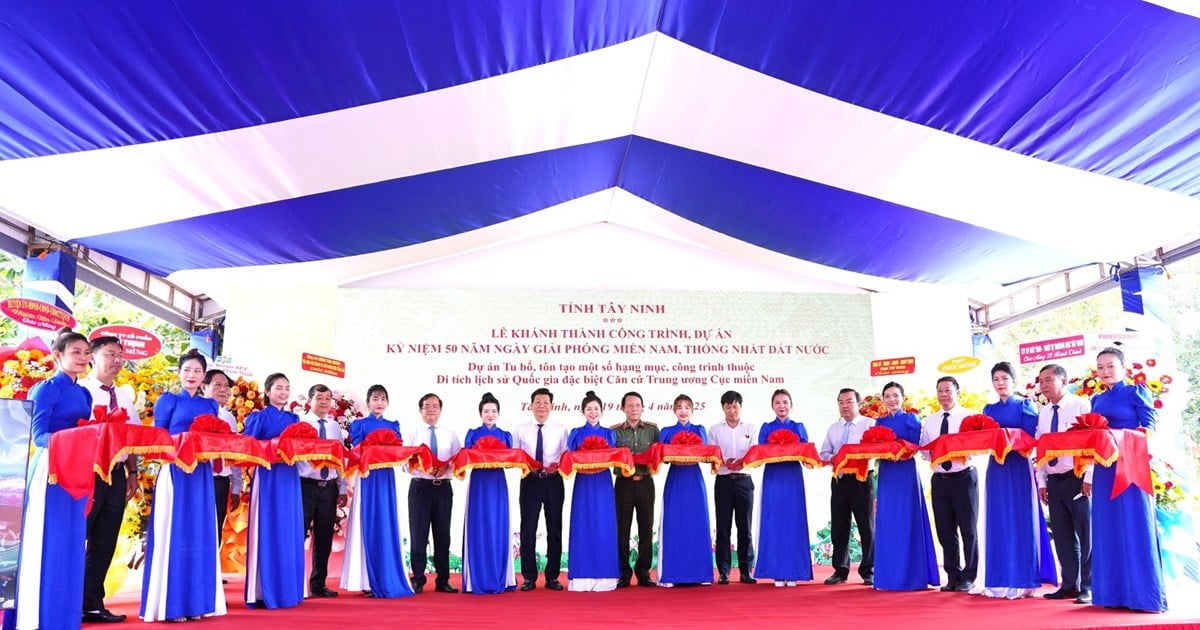



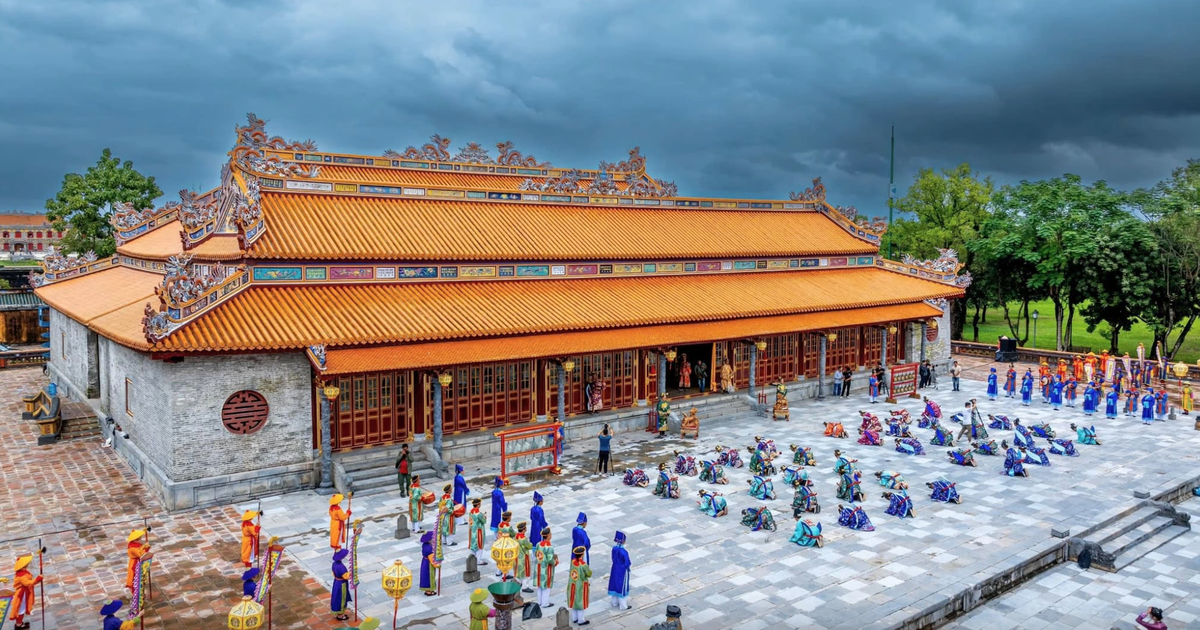

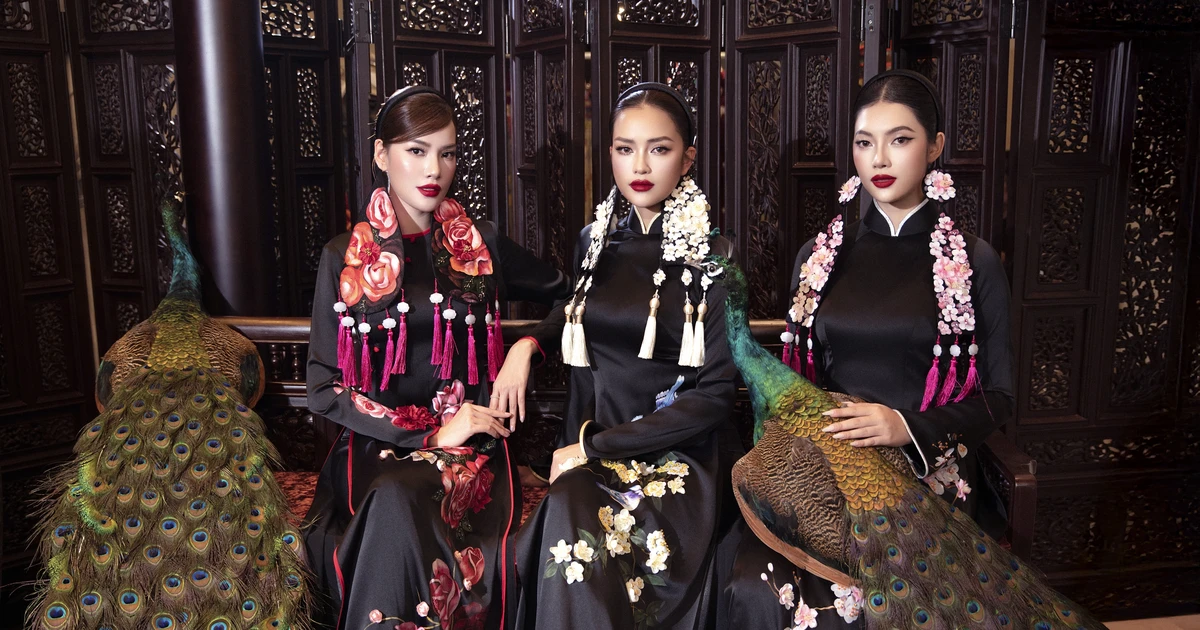

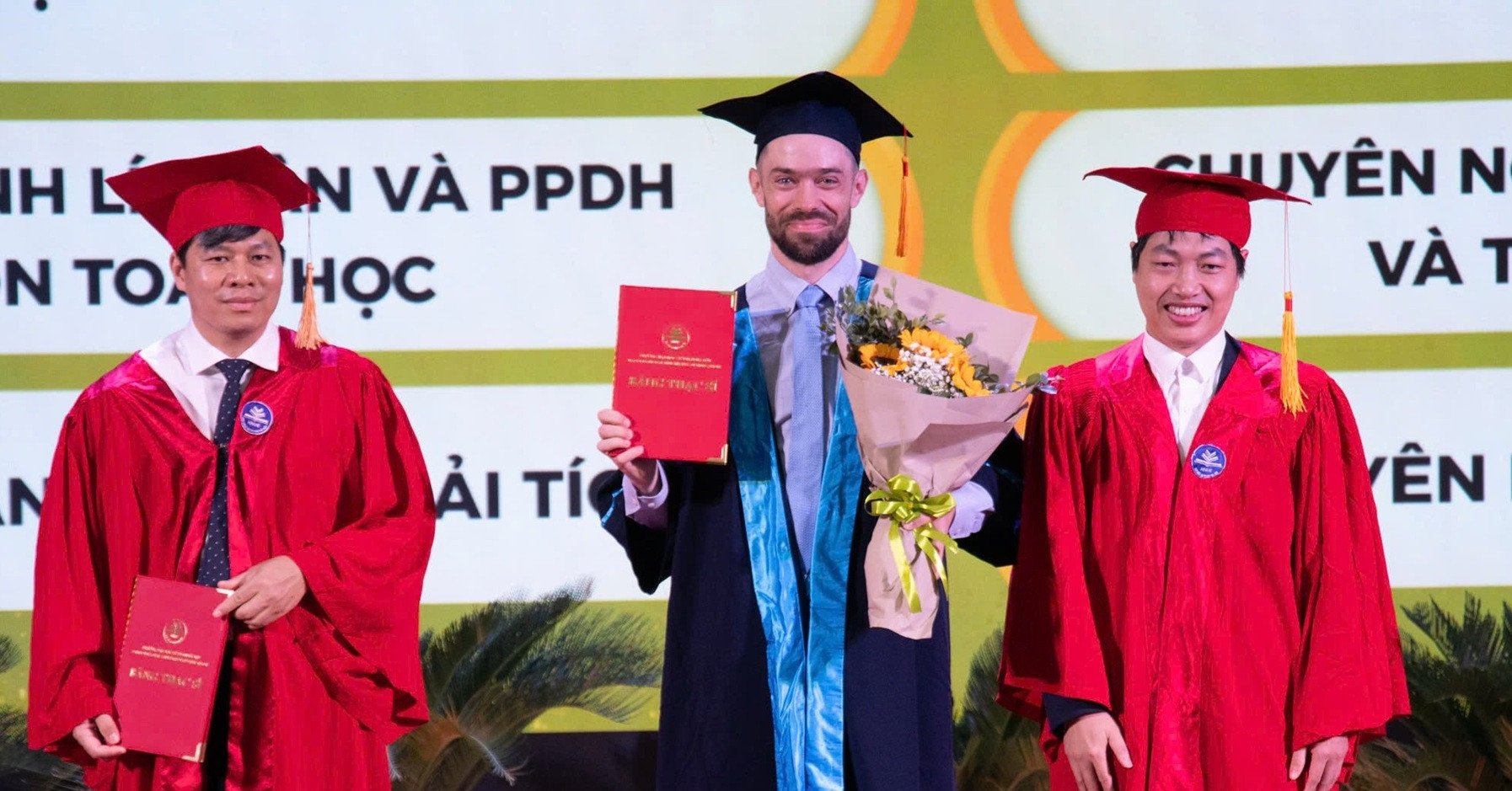

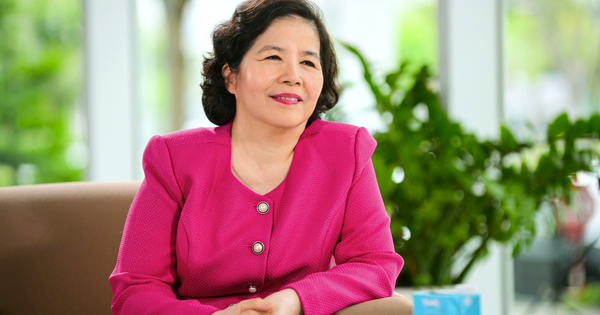



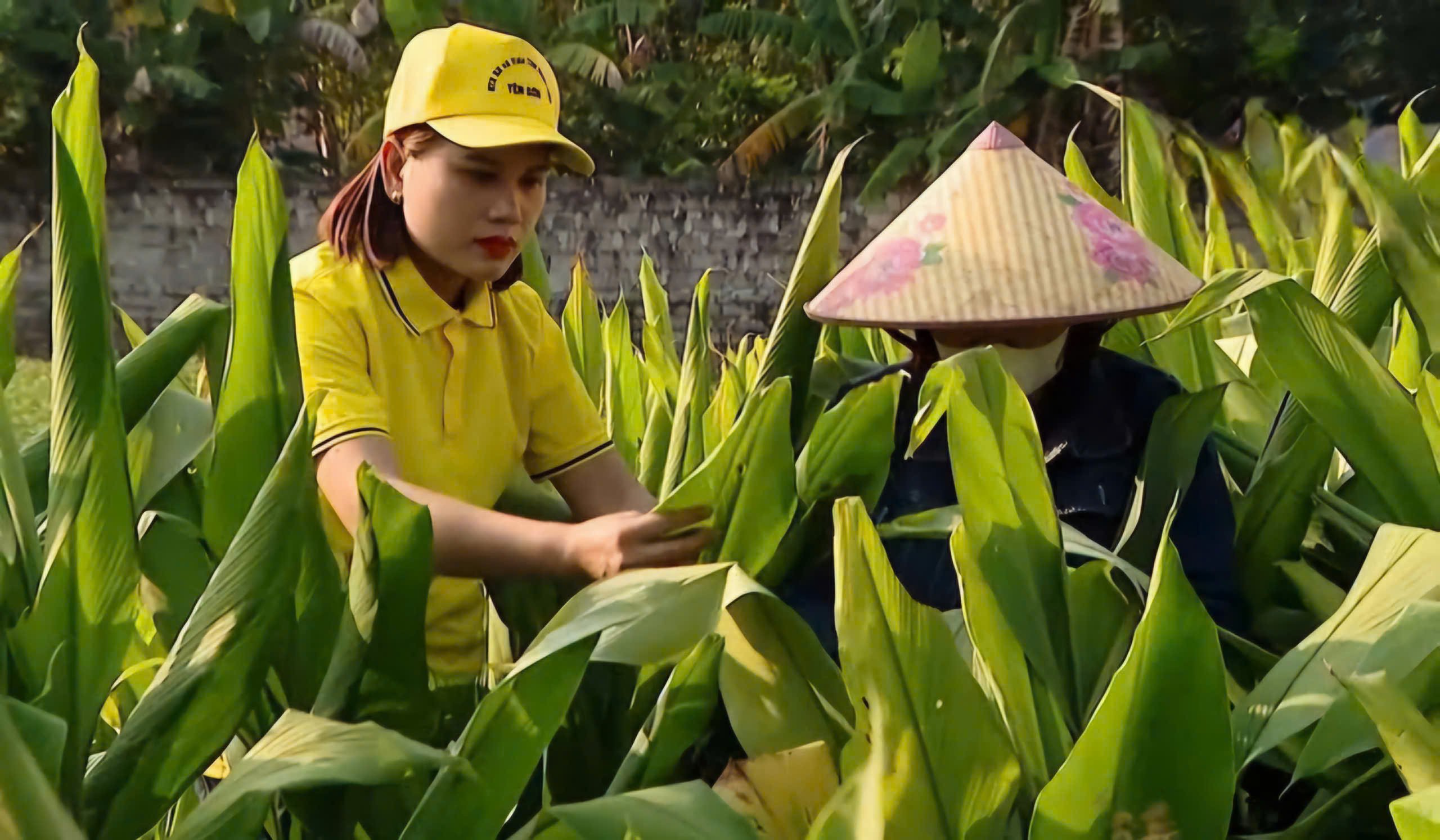

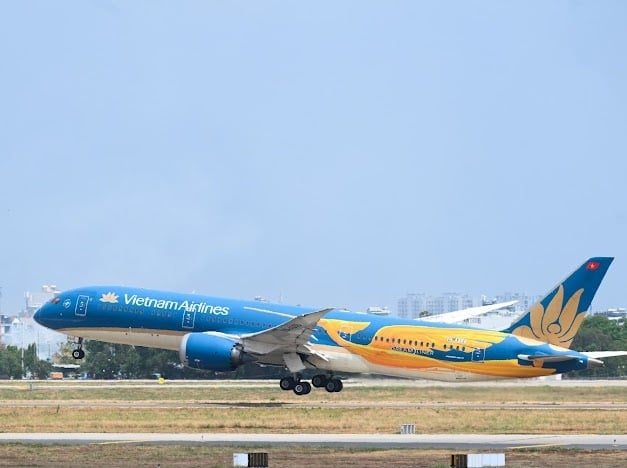





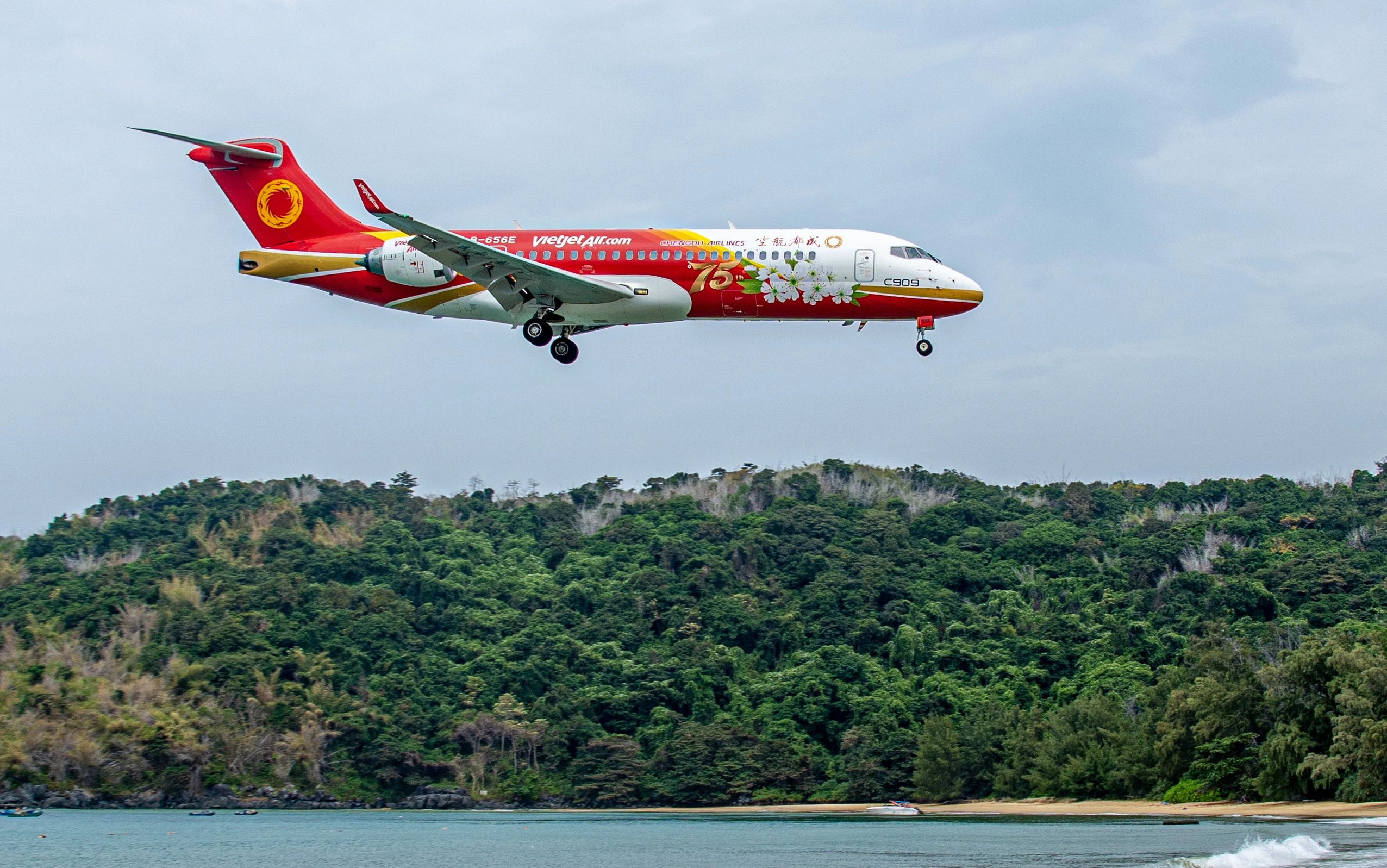
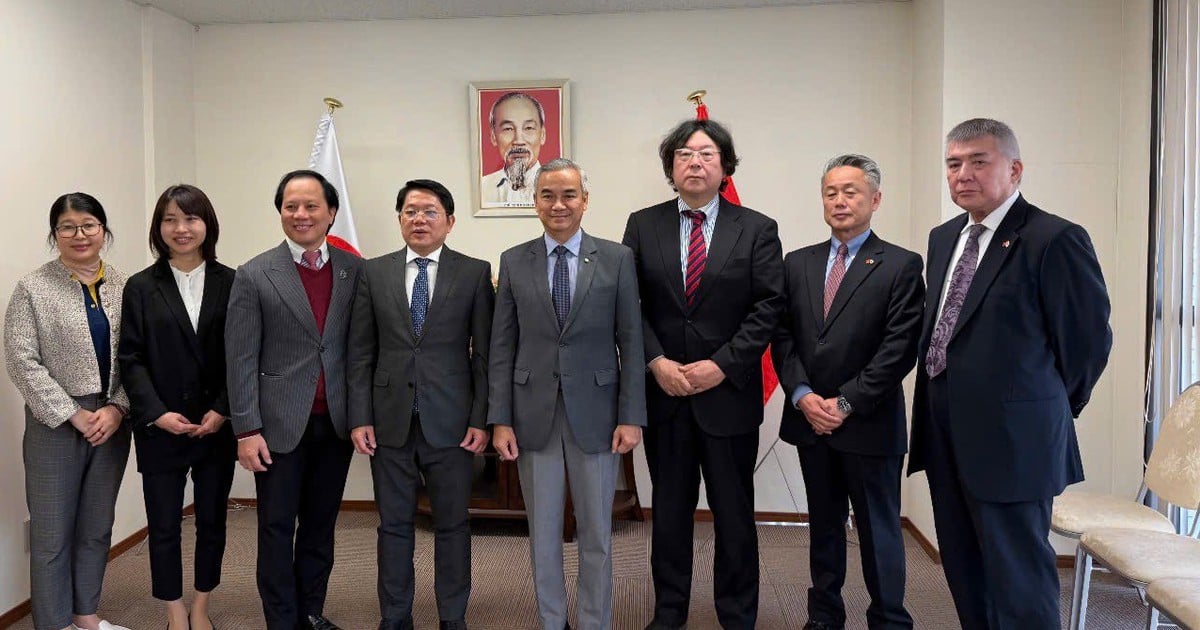
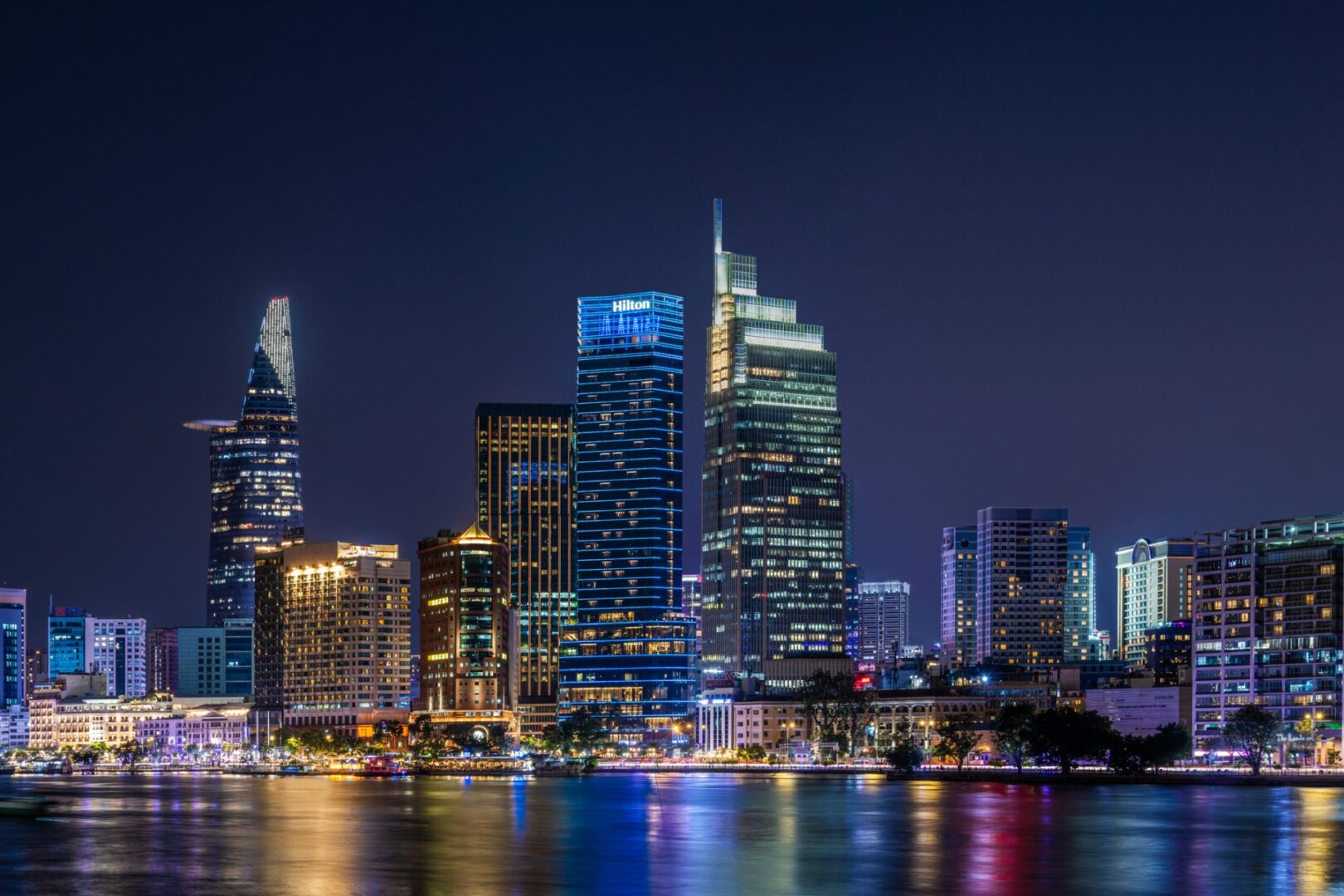
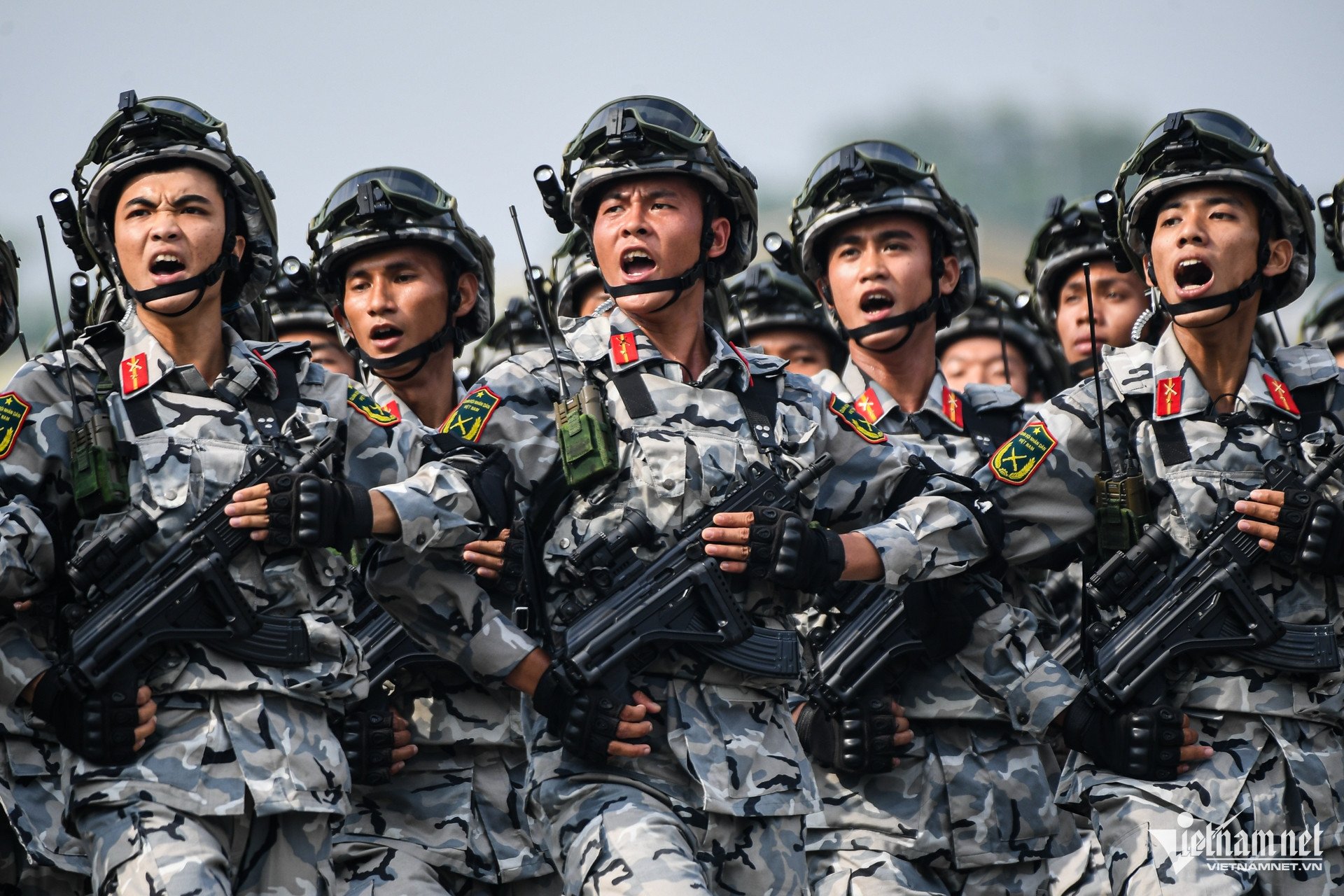
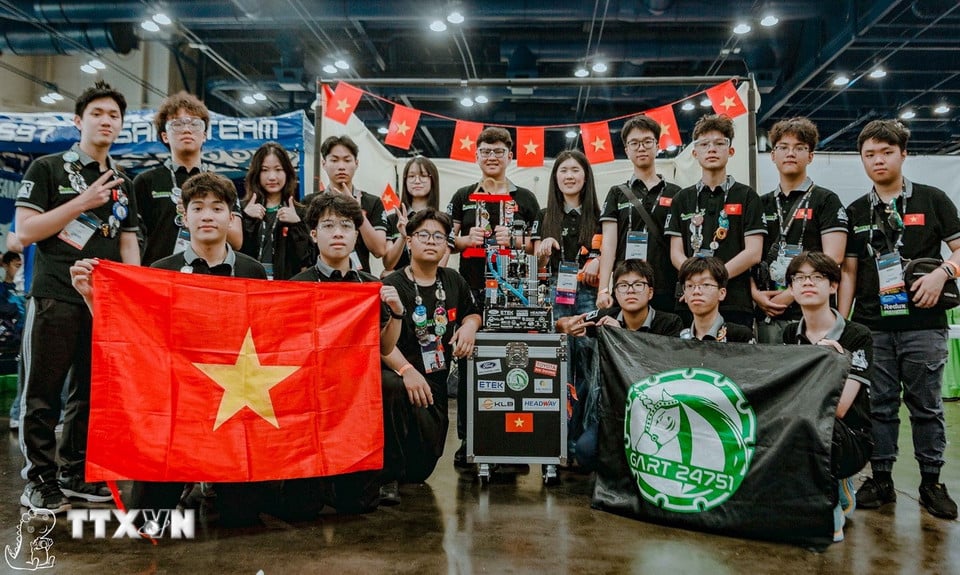

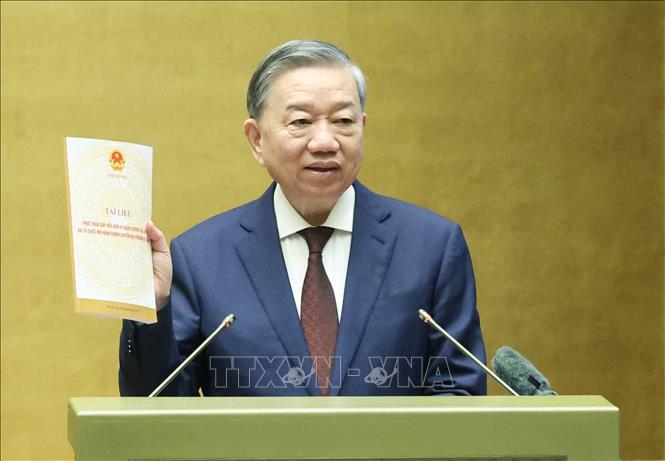

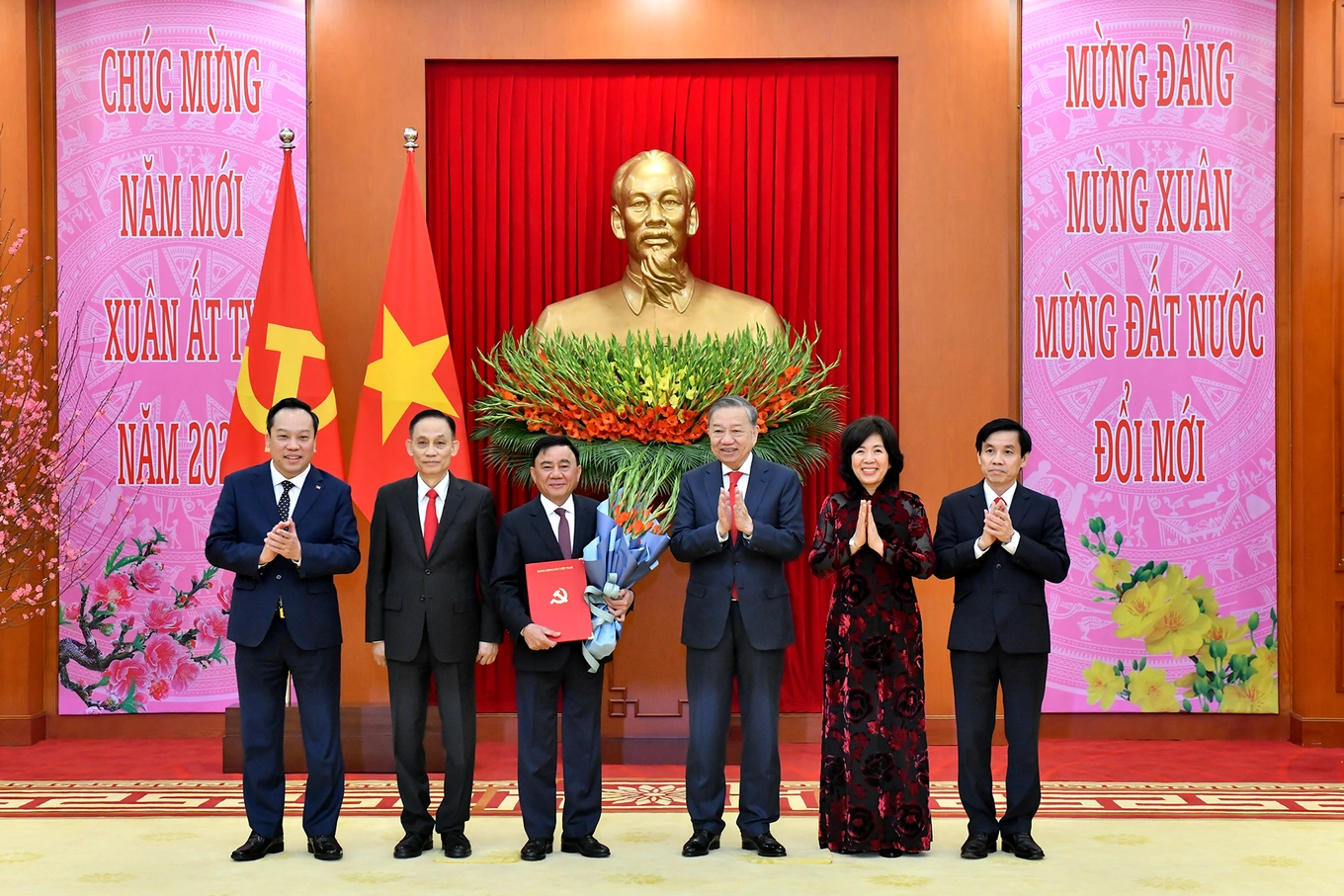
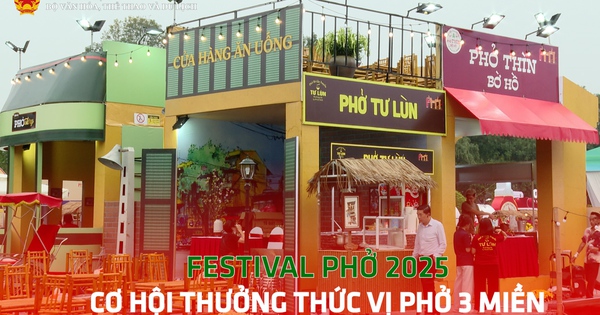

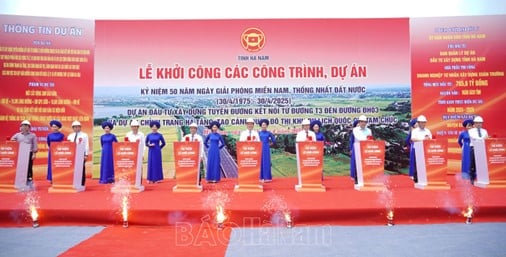

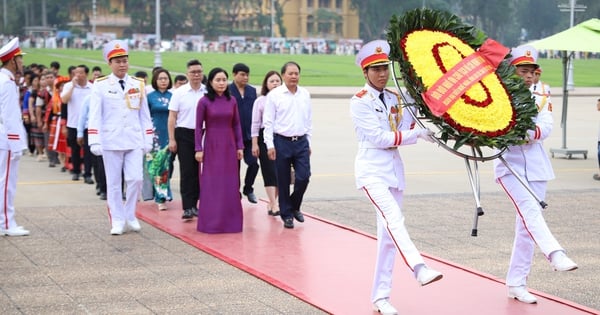
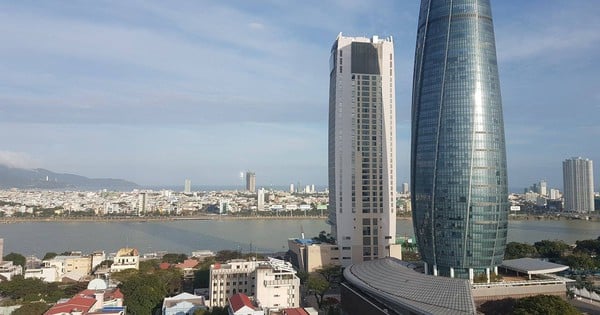
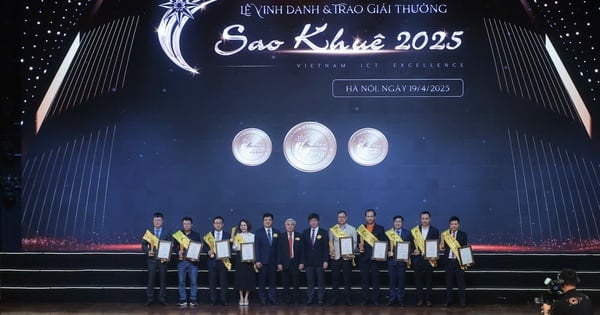

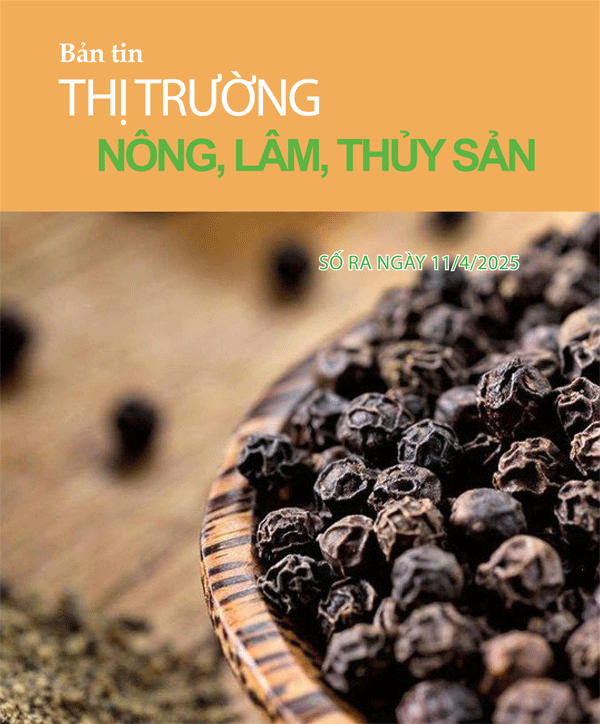


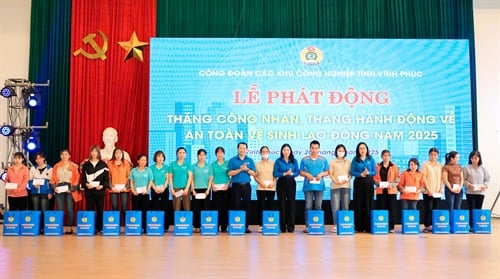
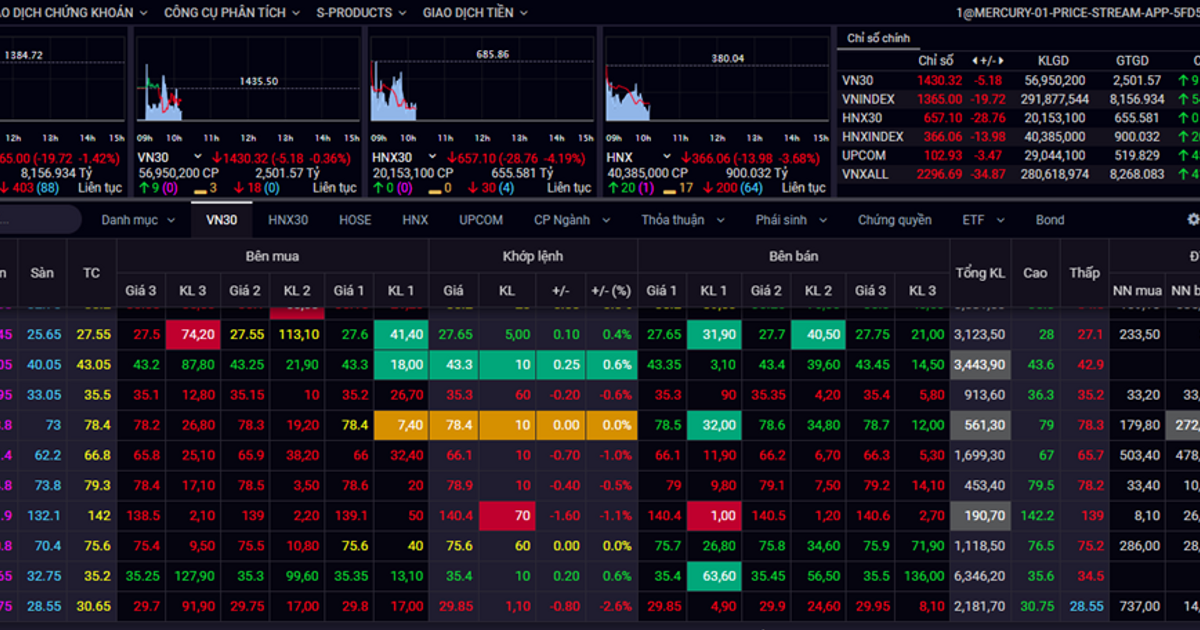


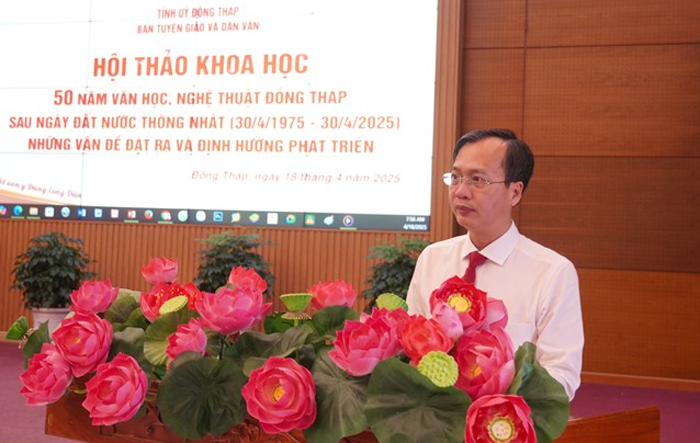
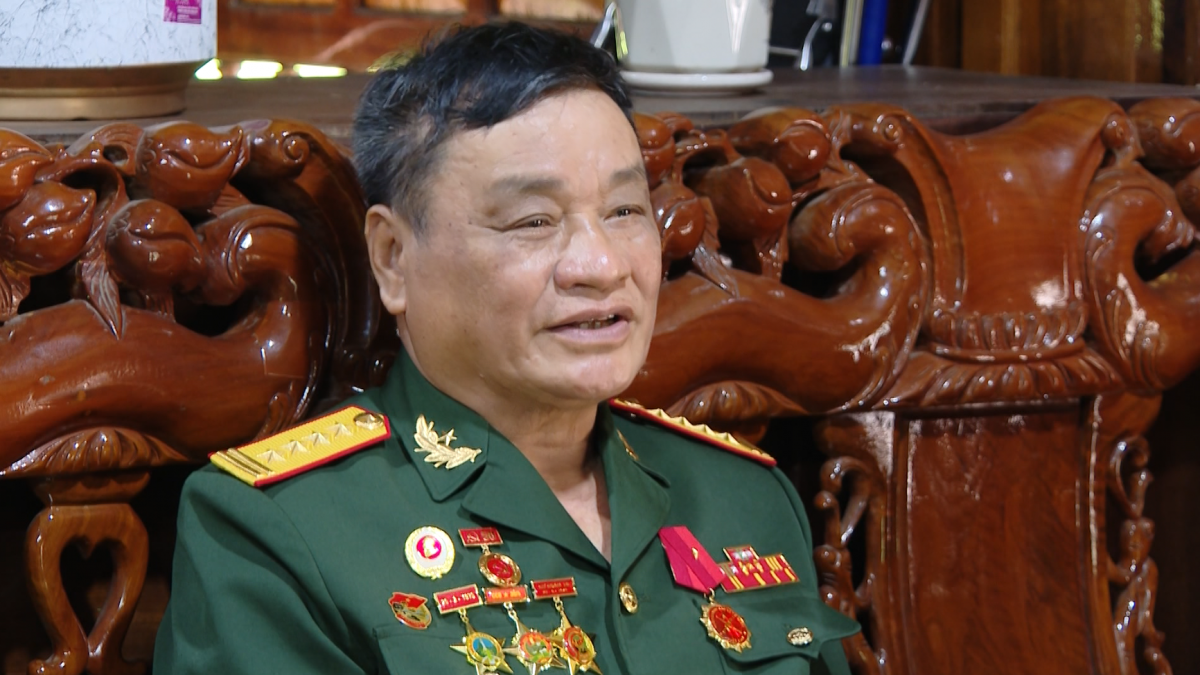
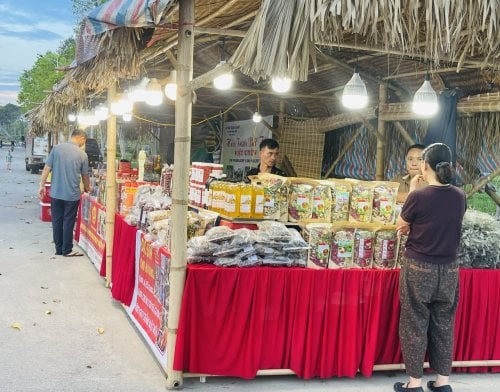
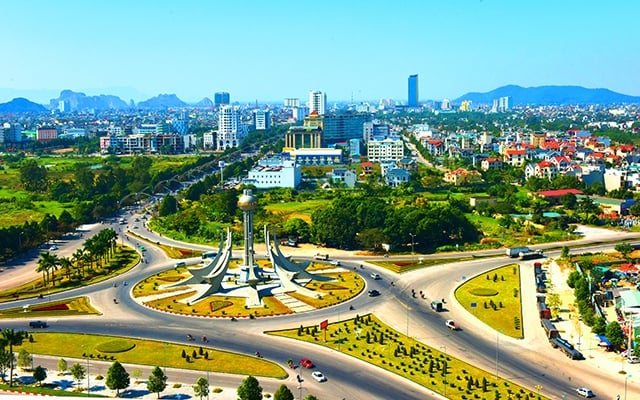
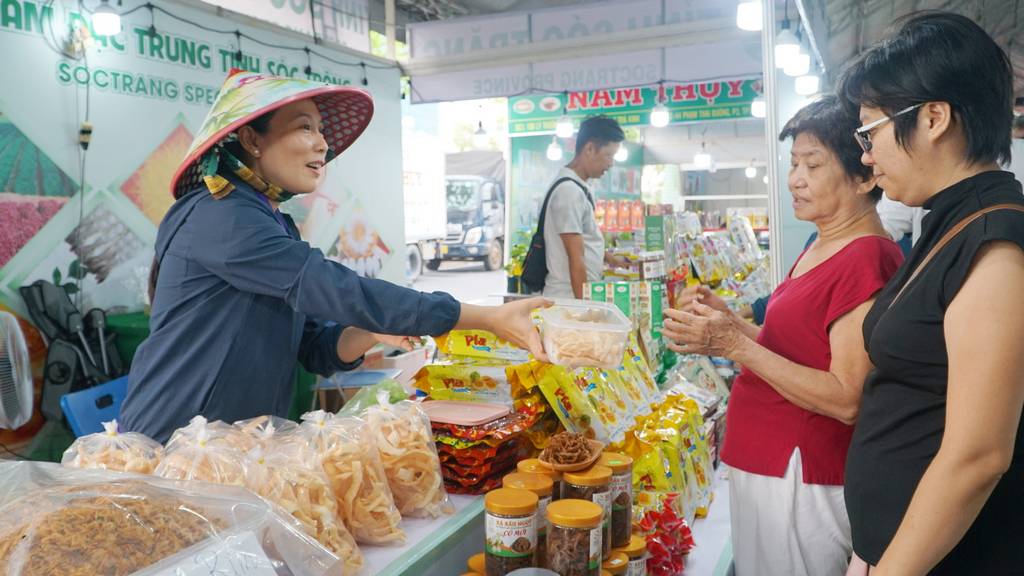



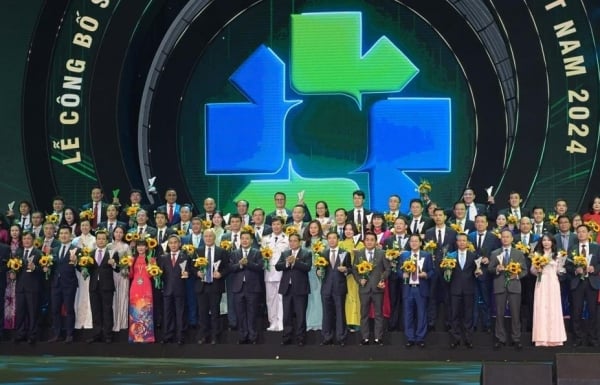

Comment (0)